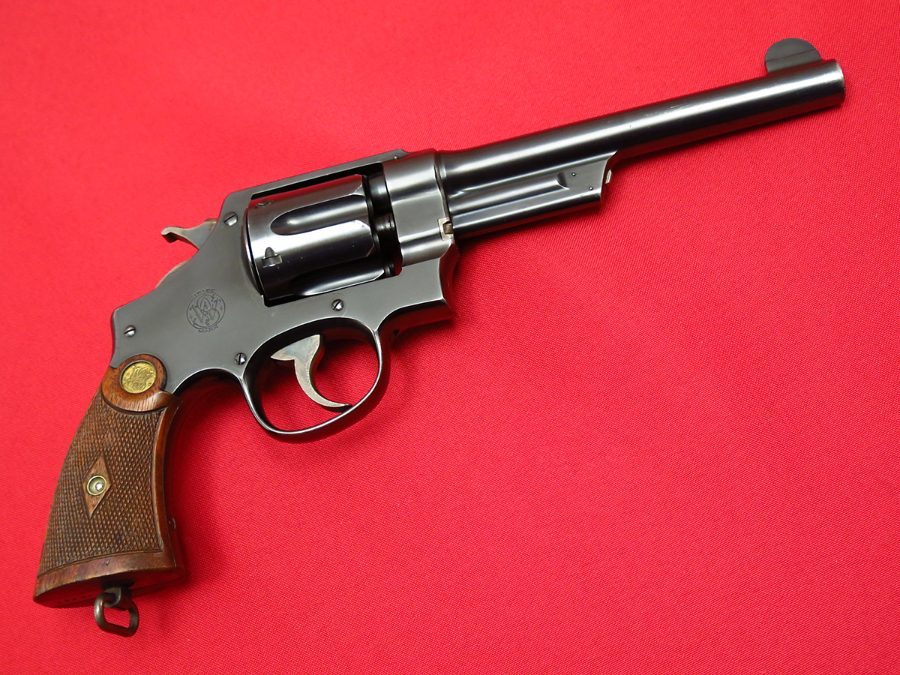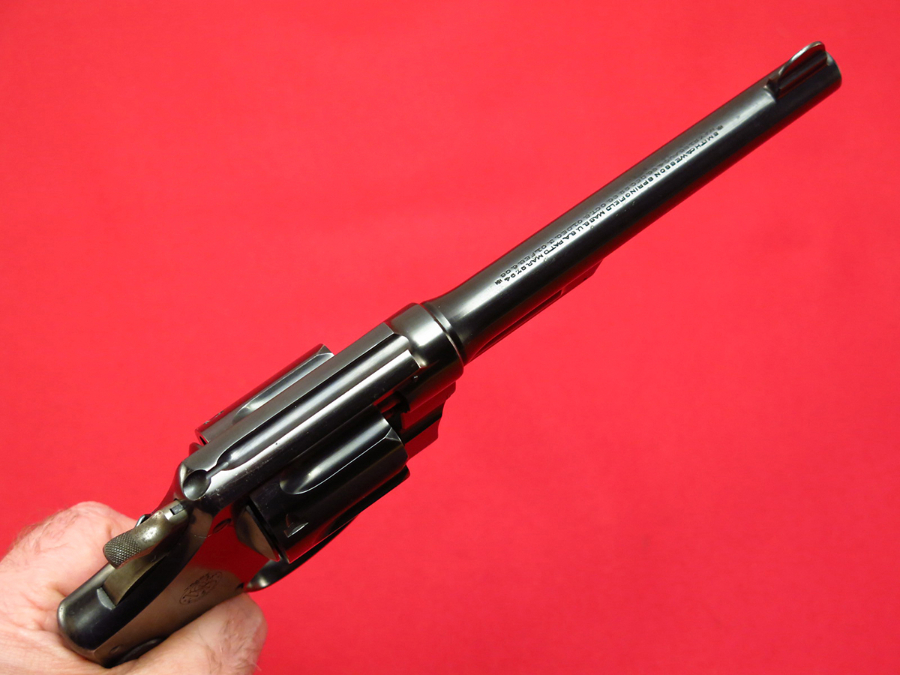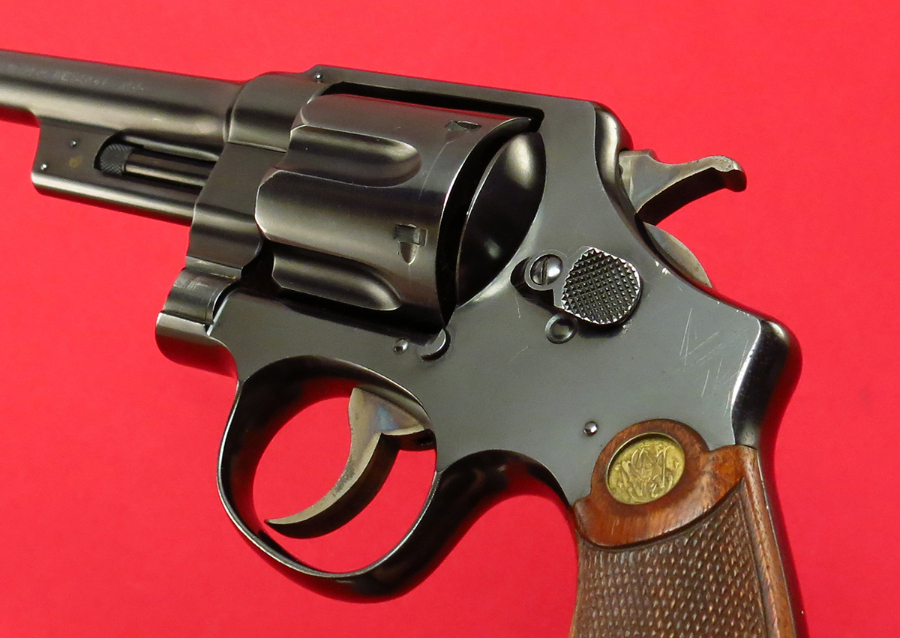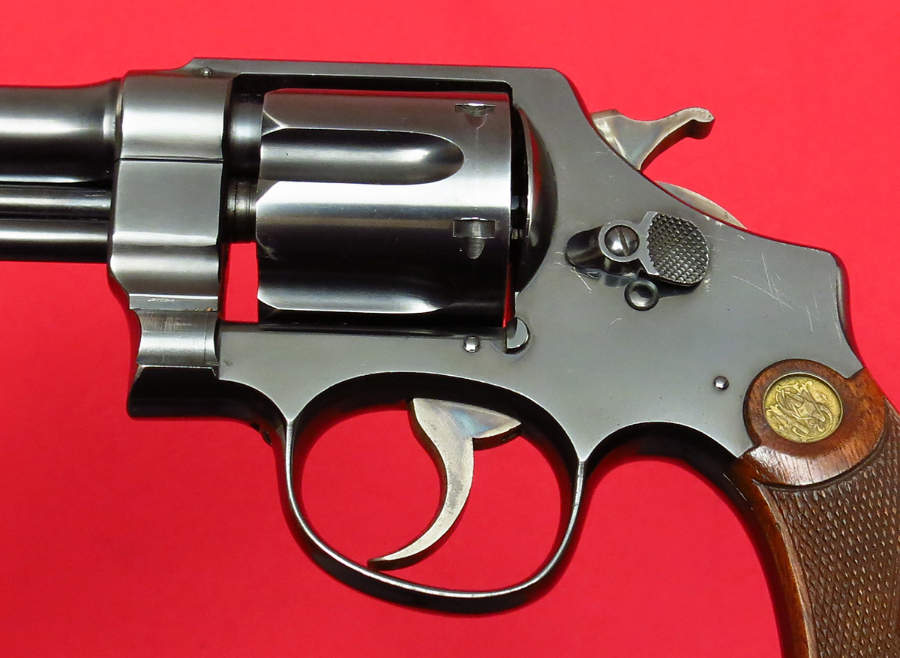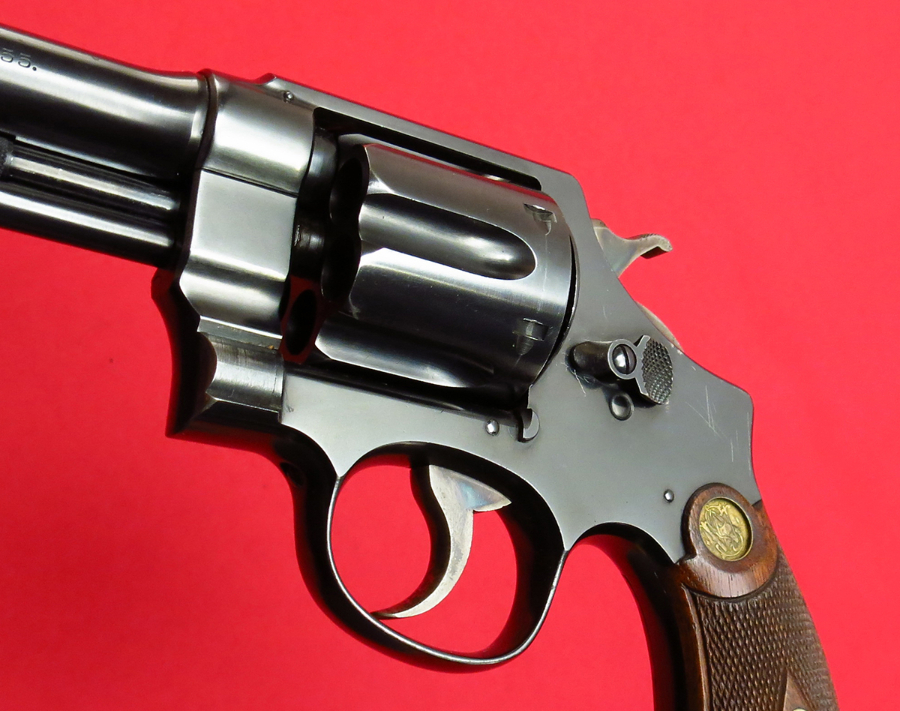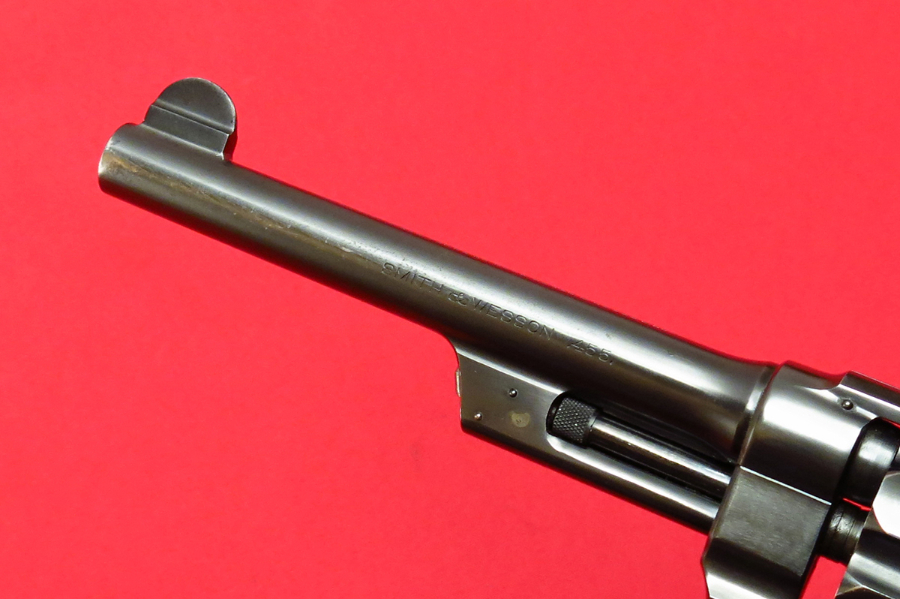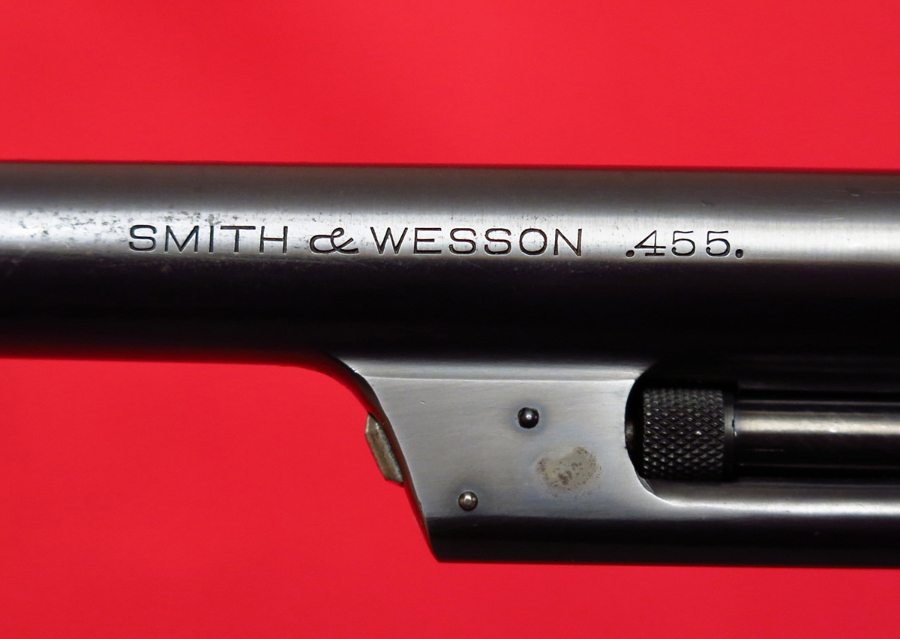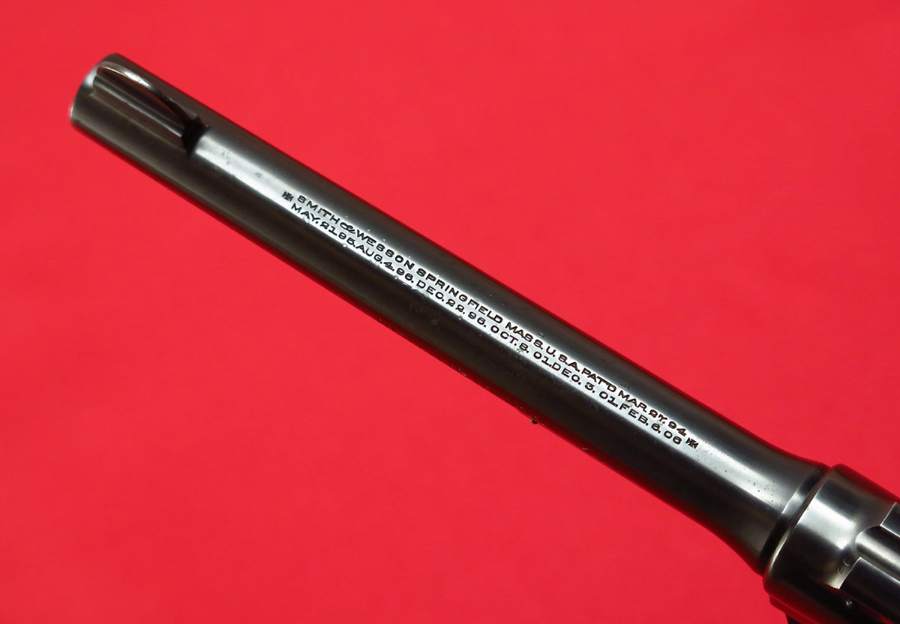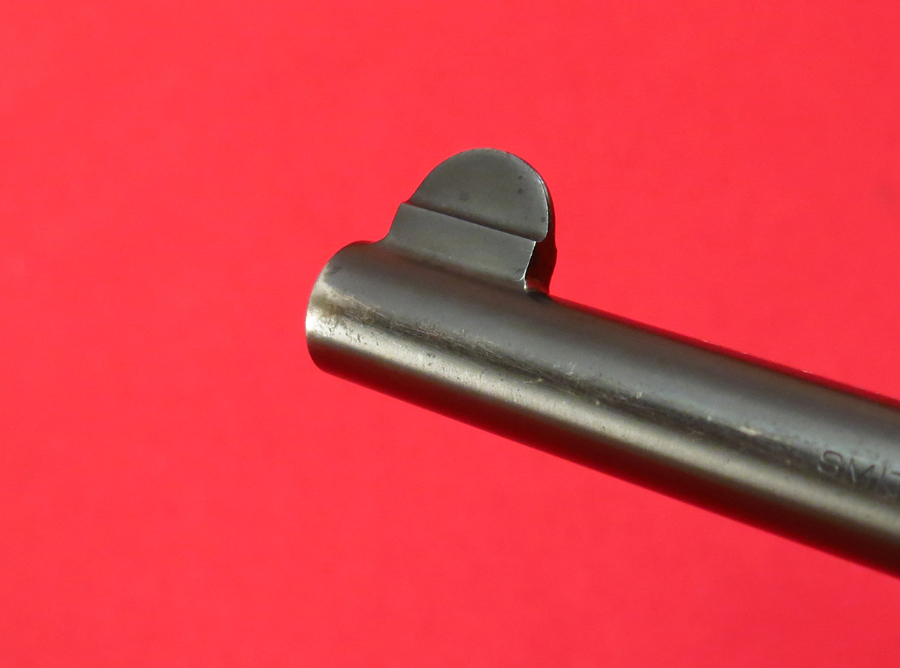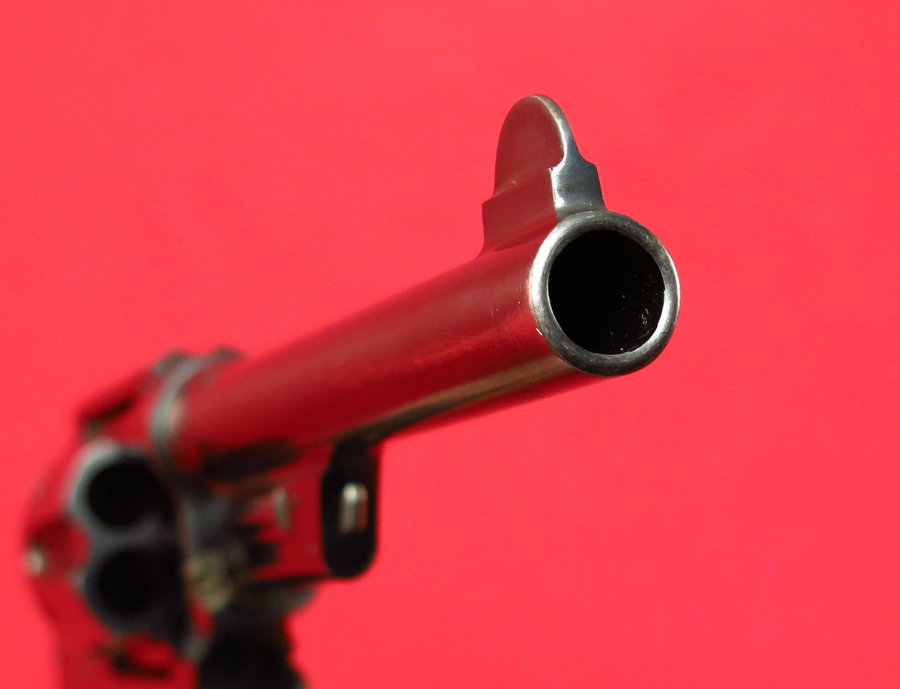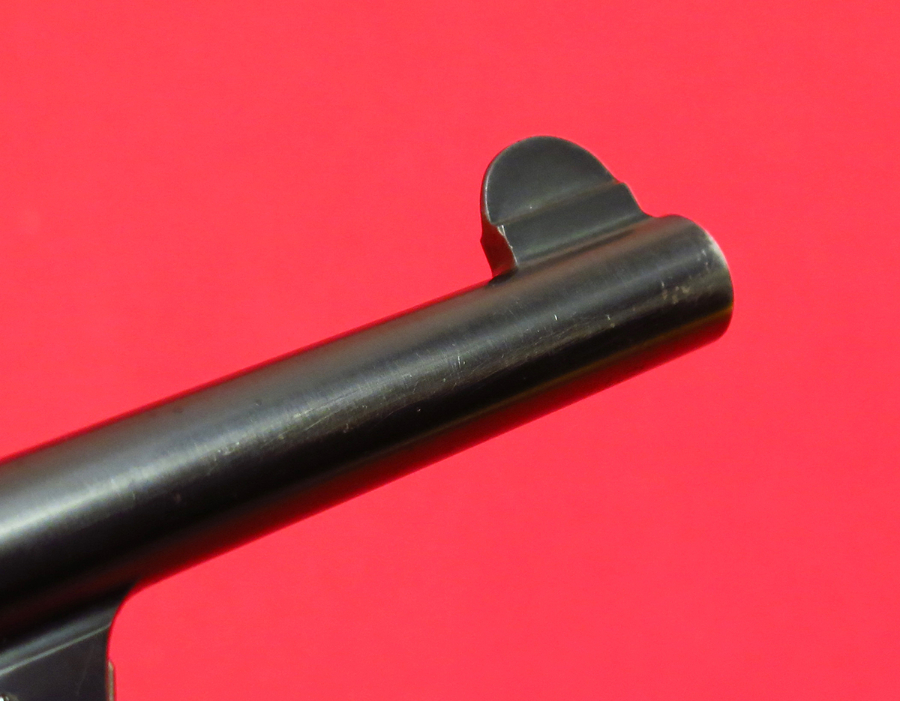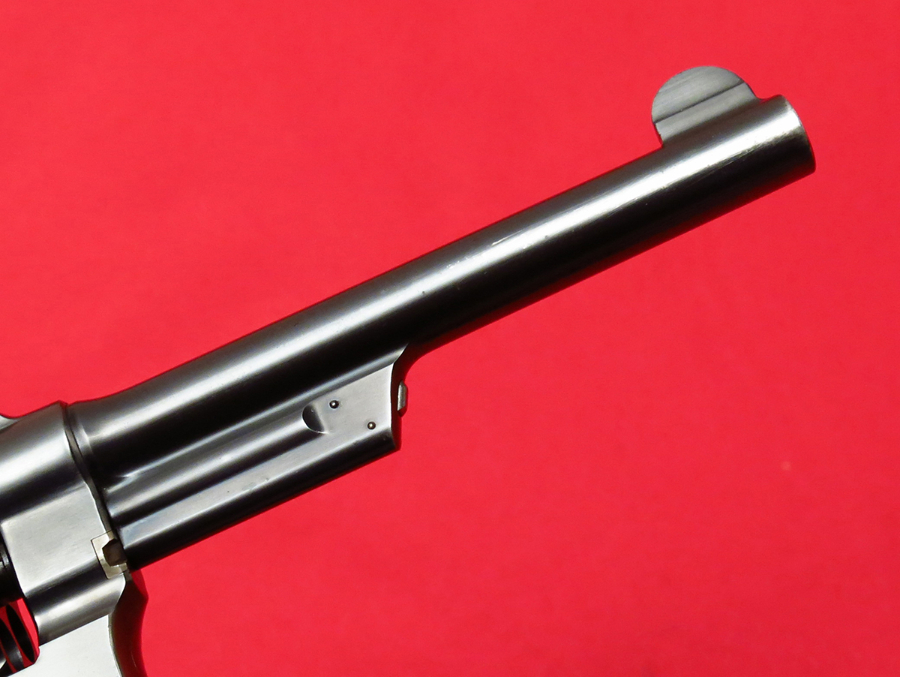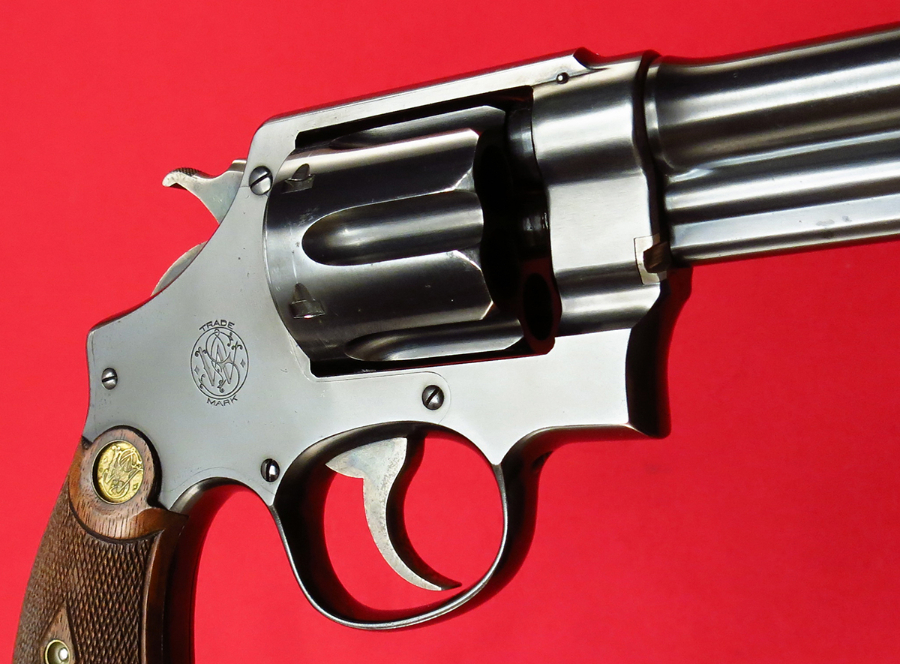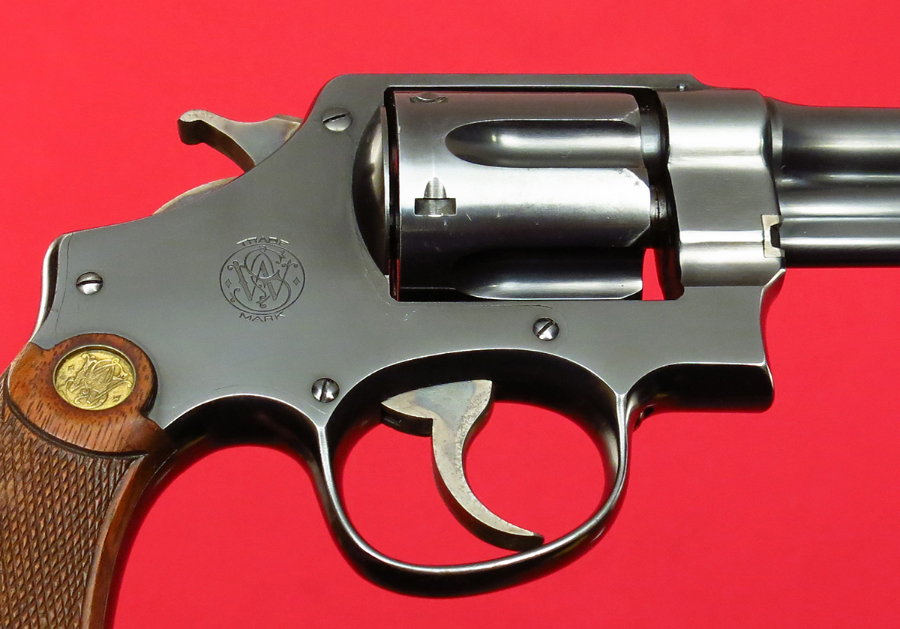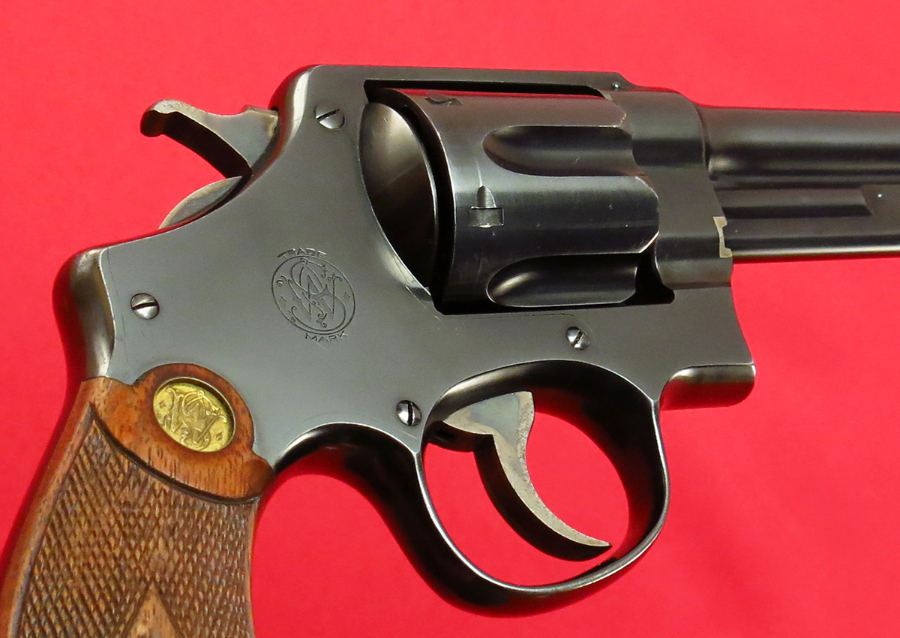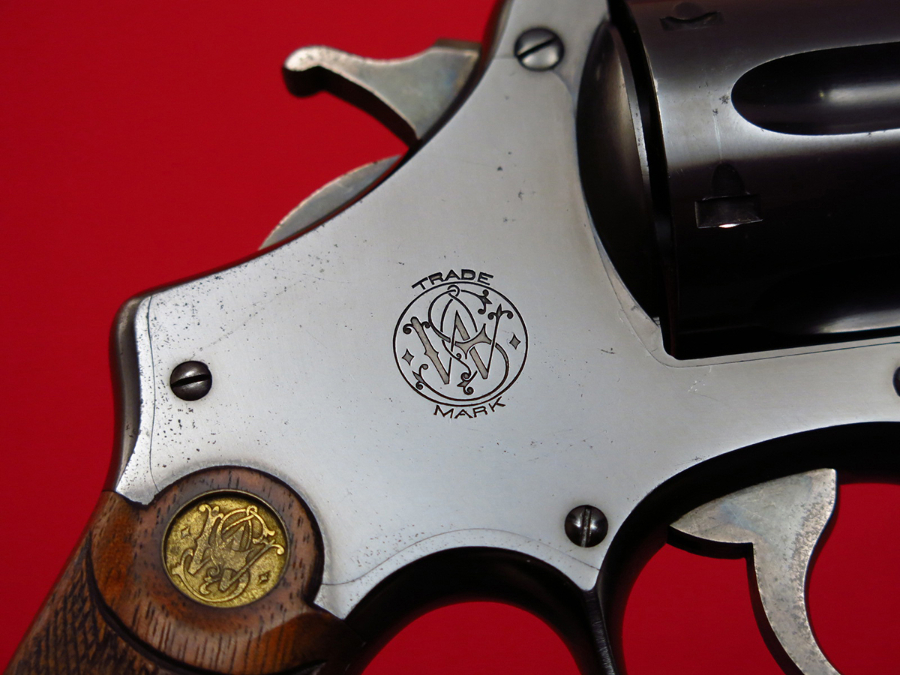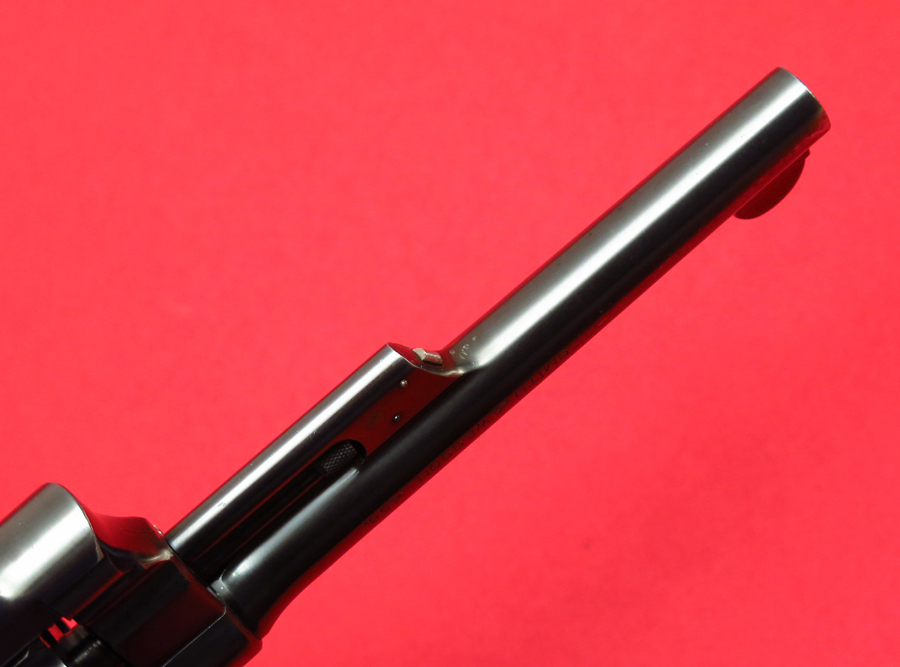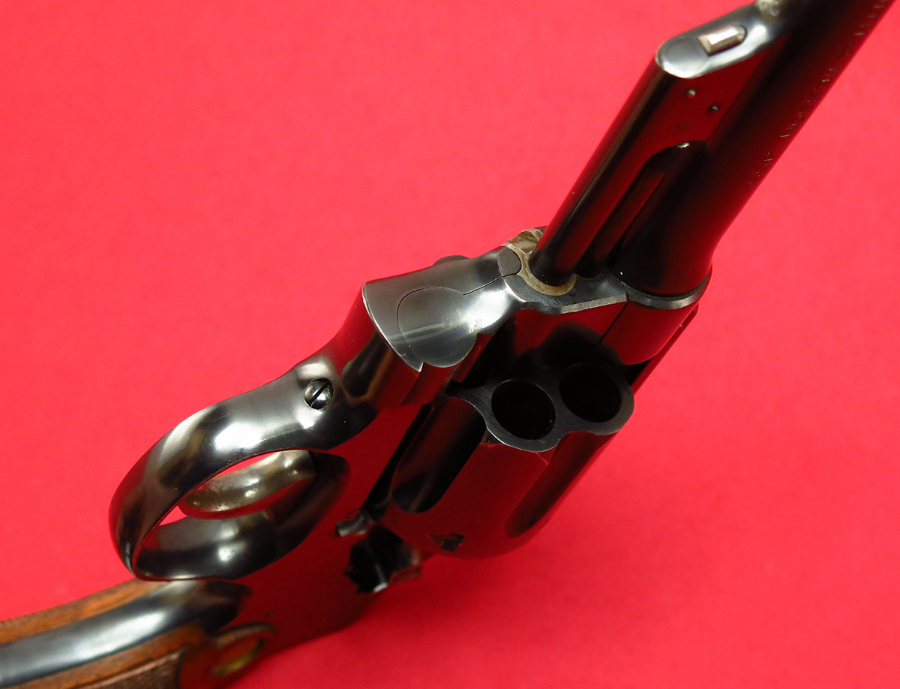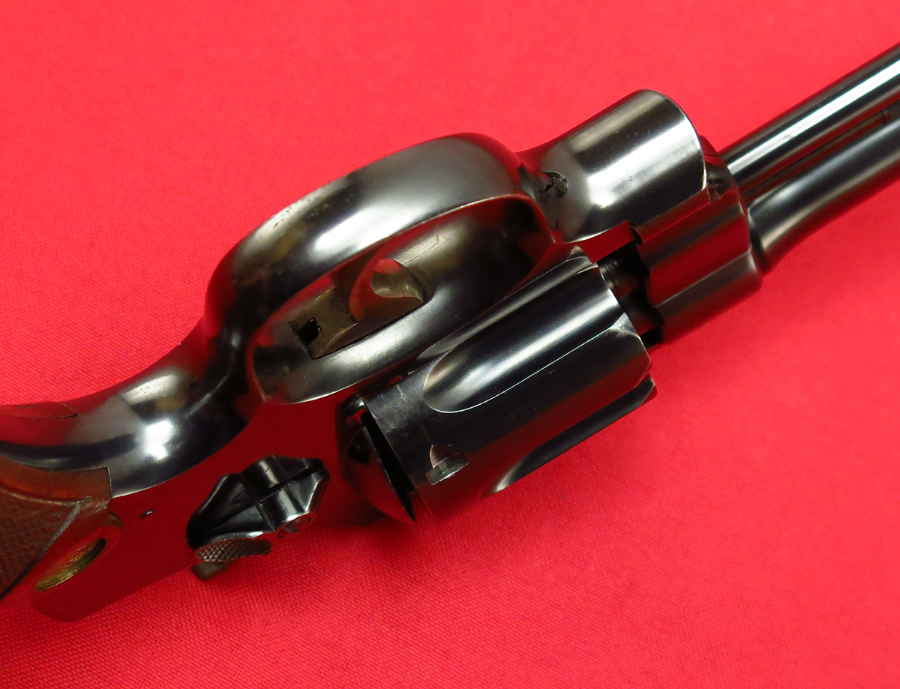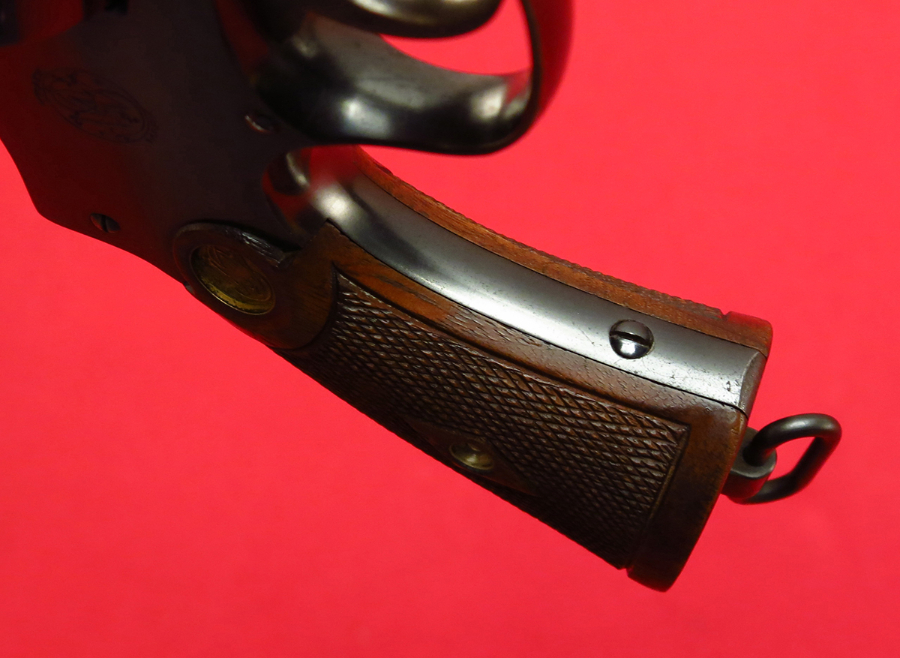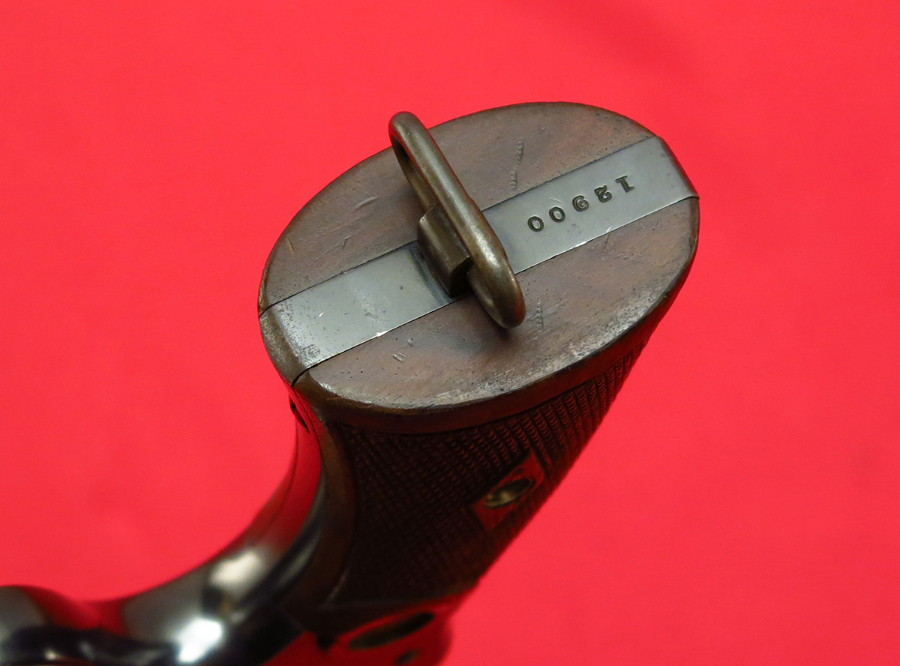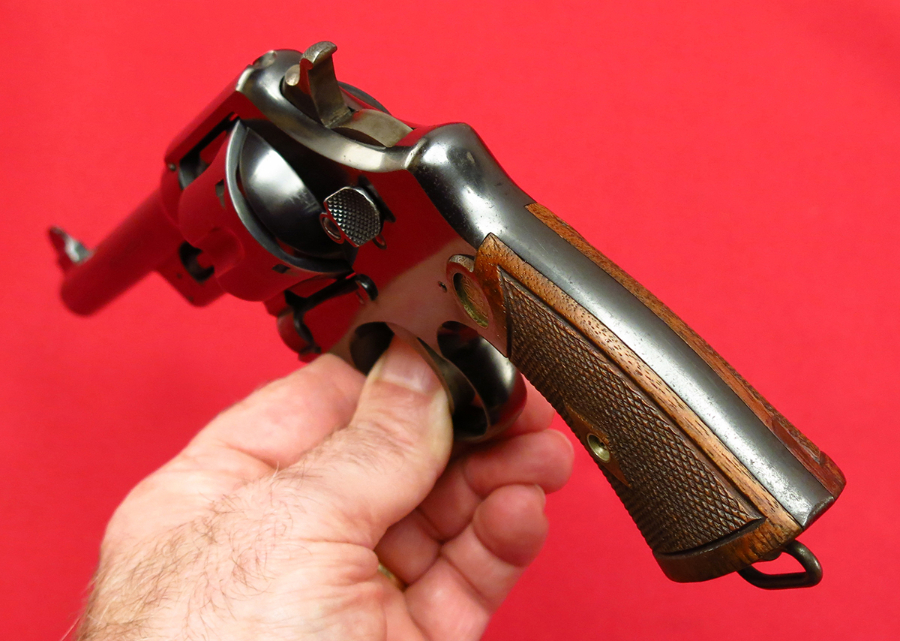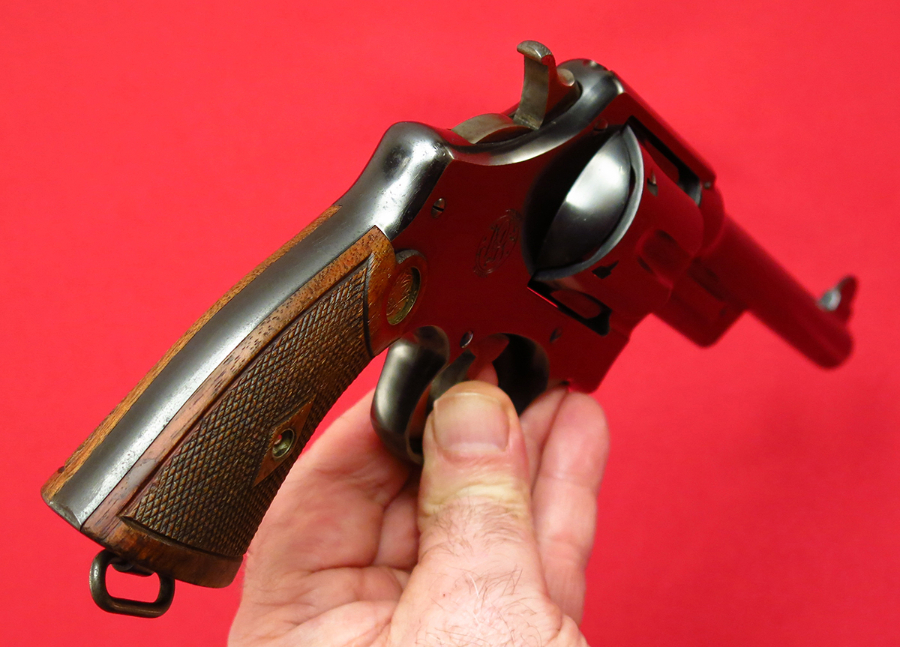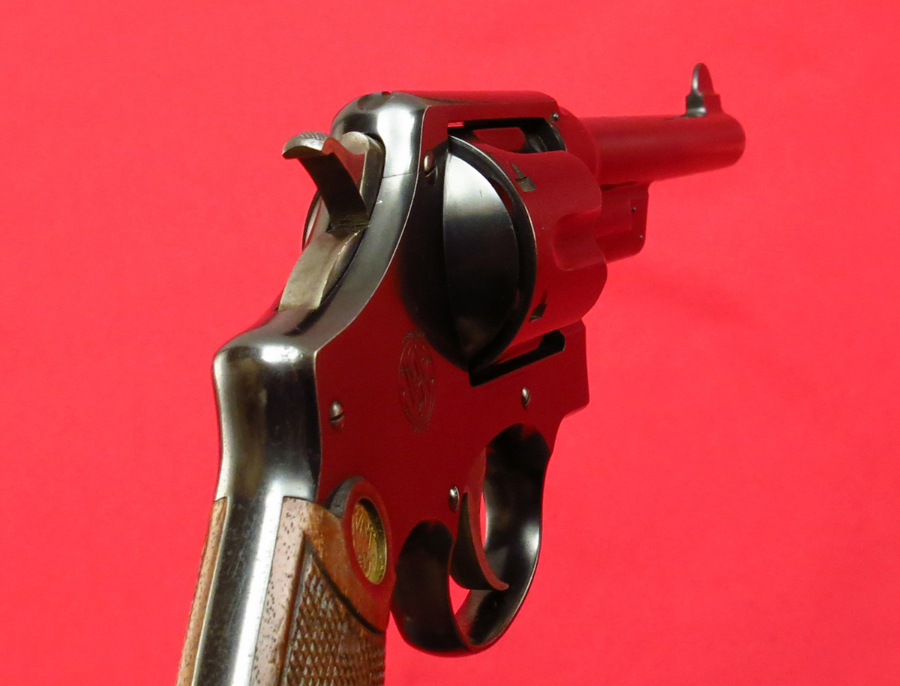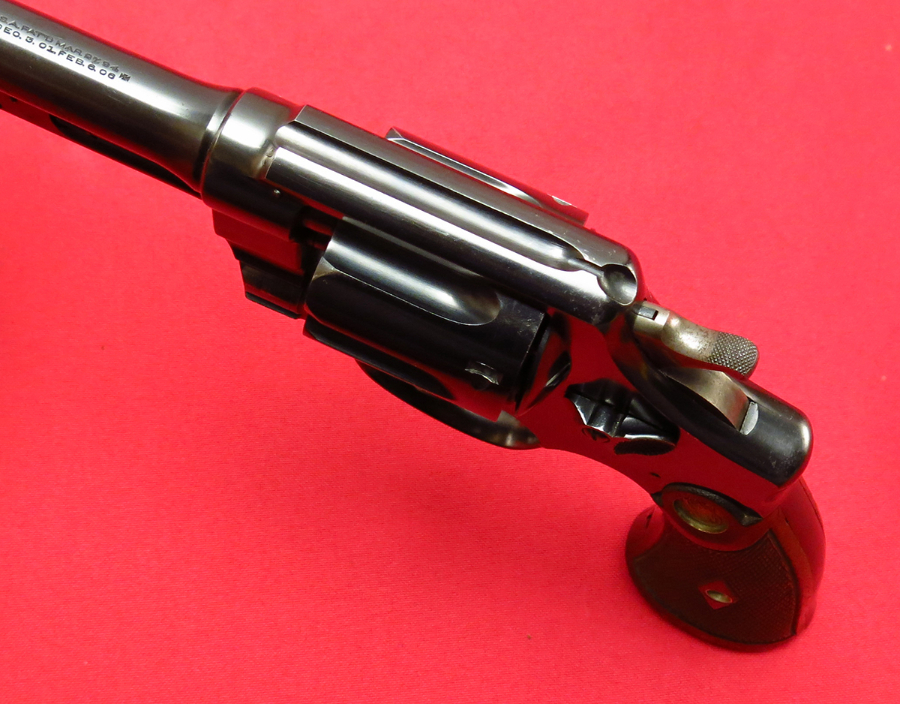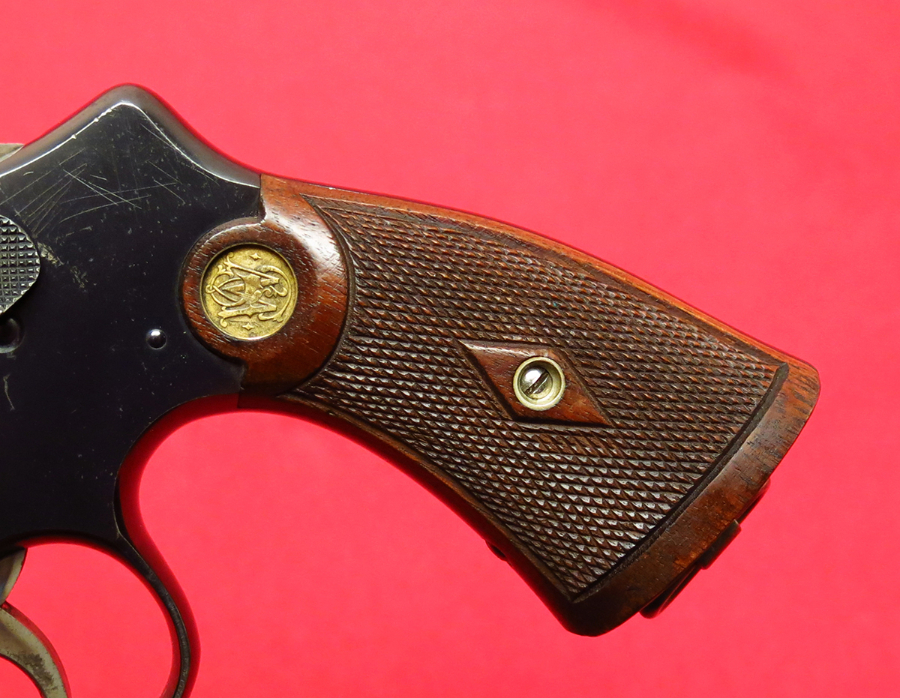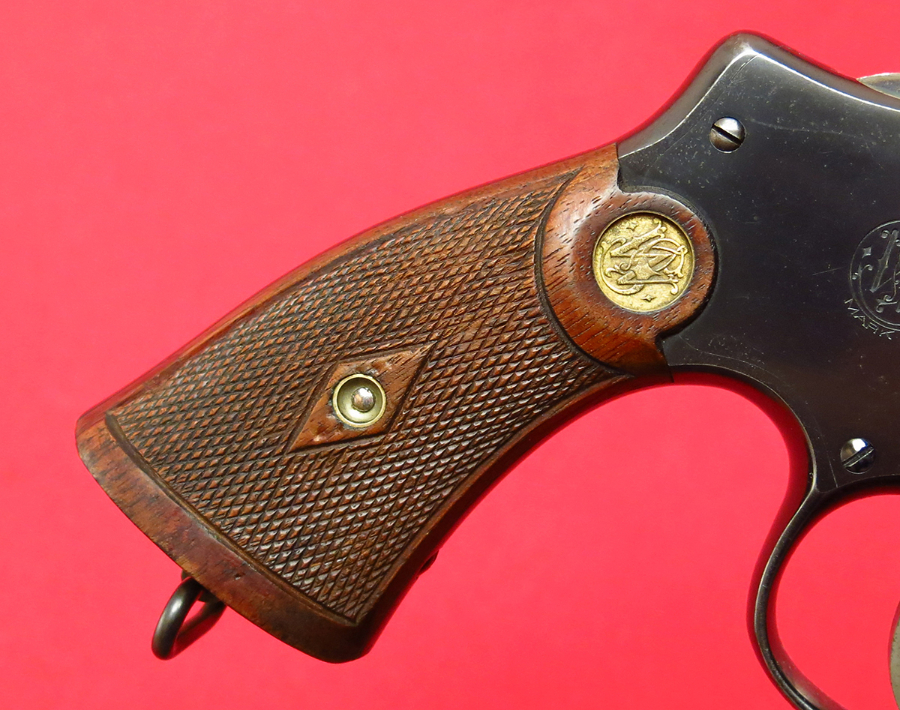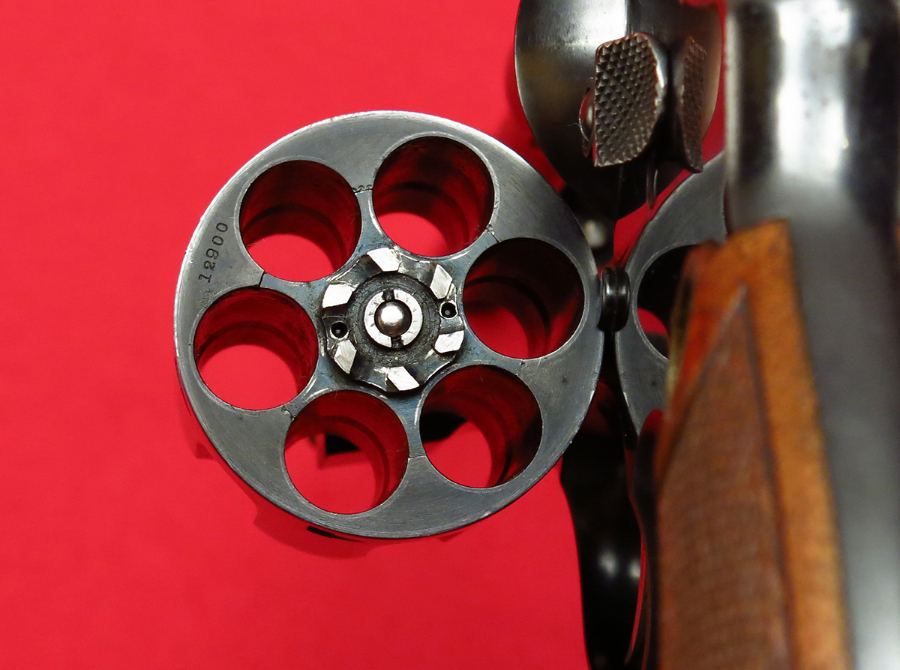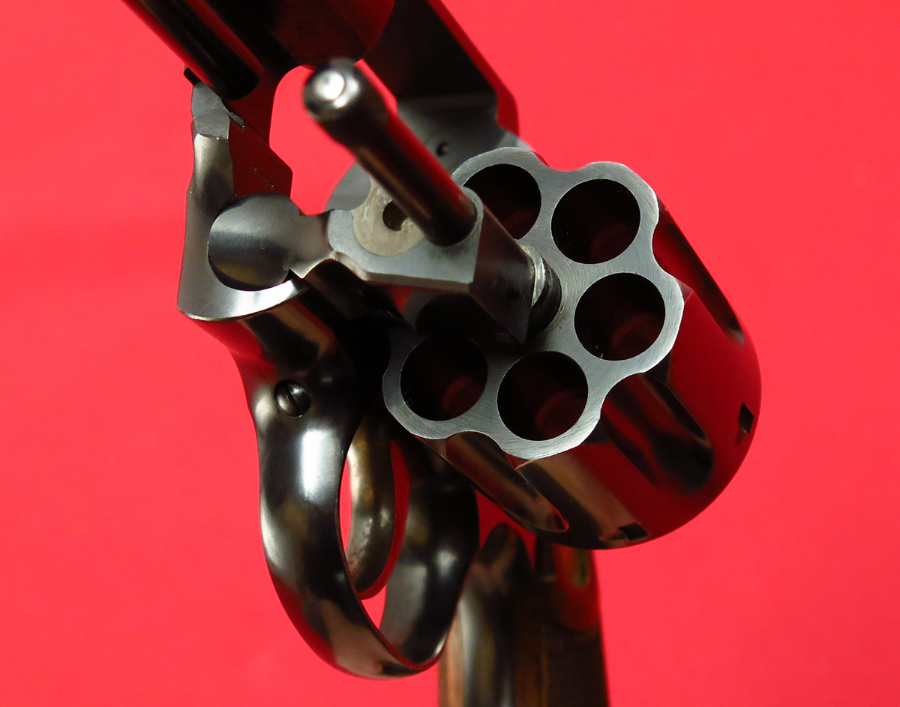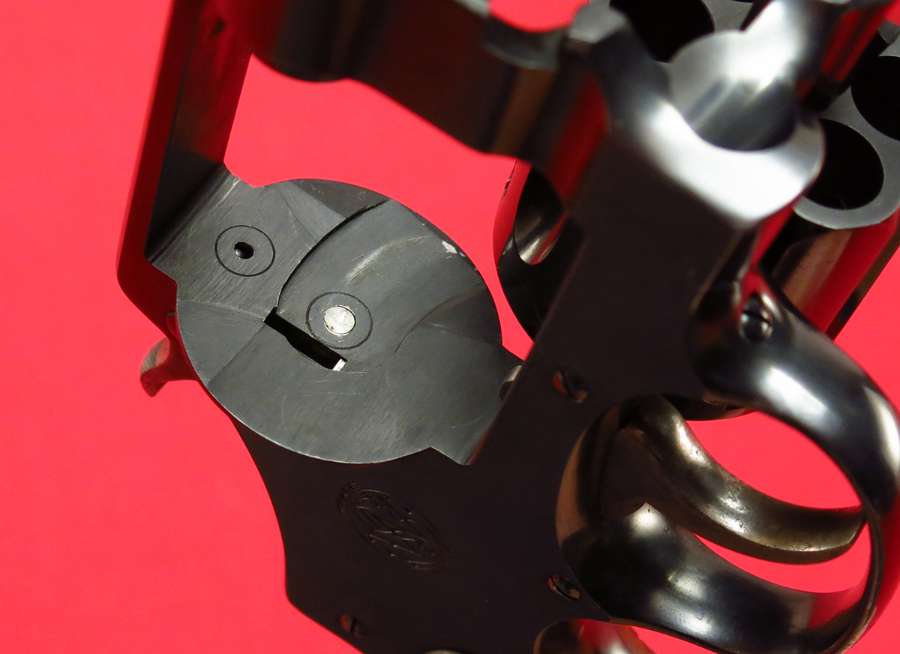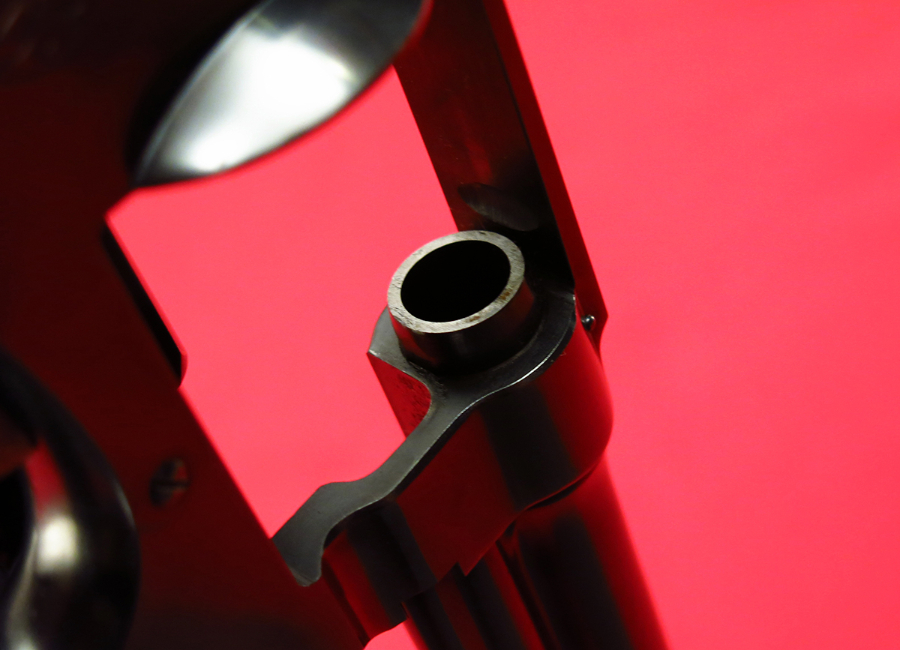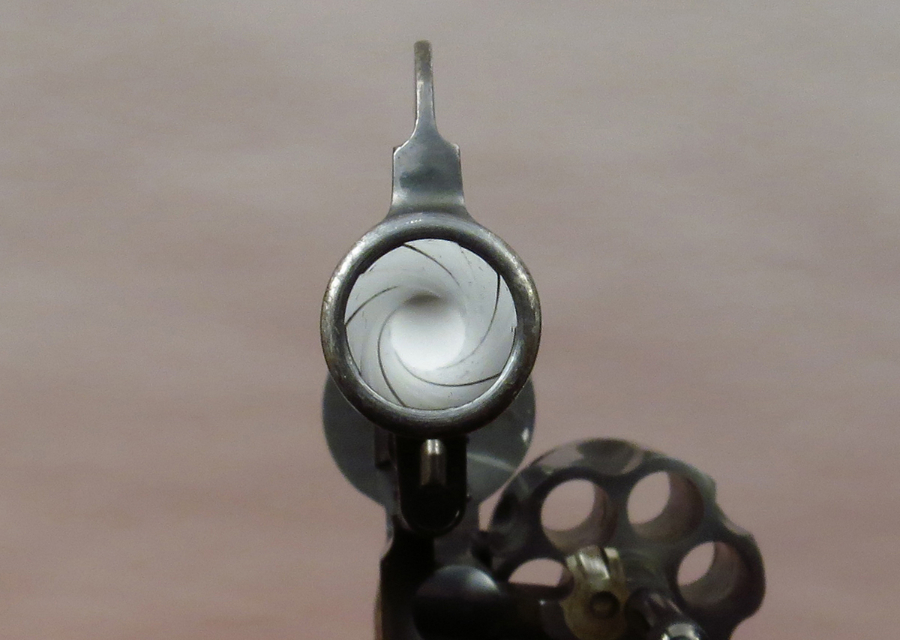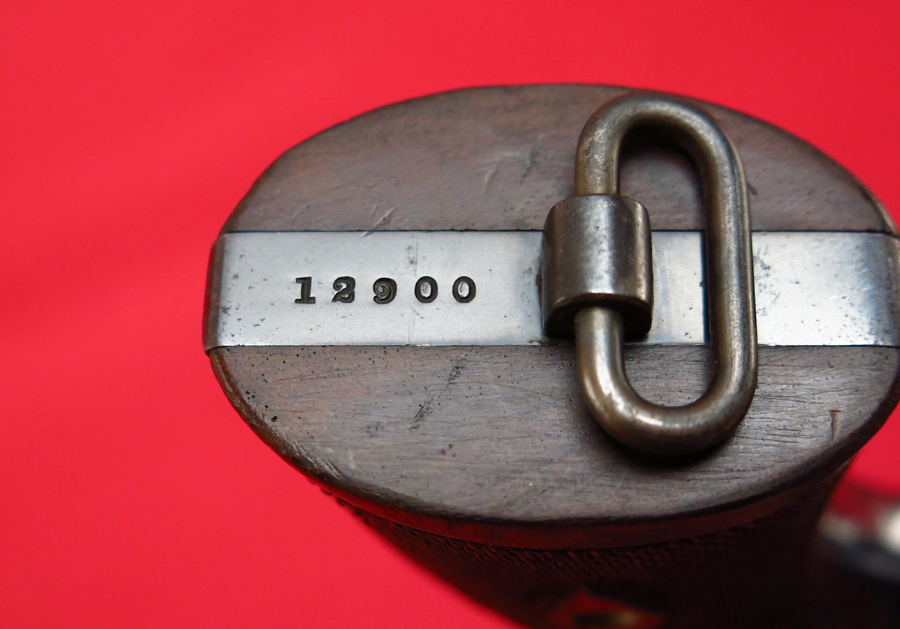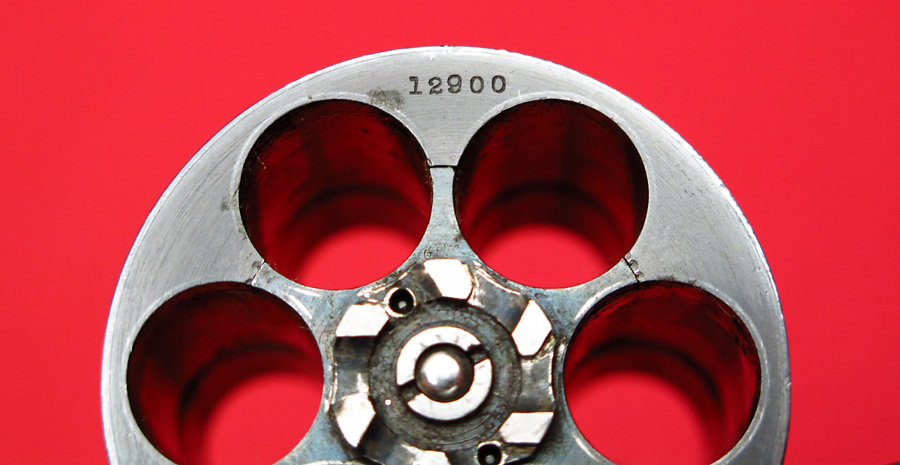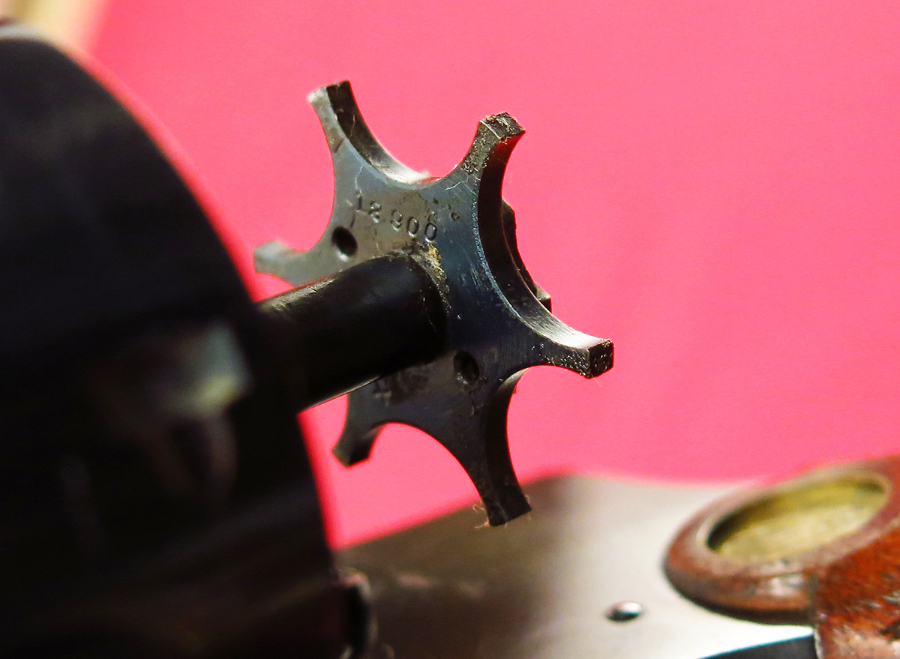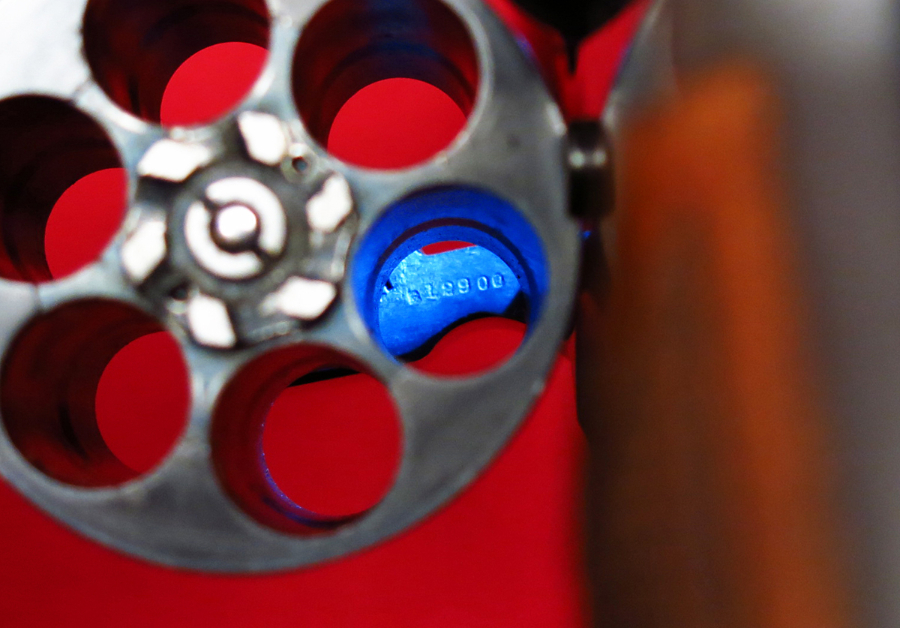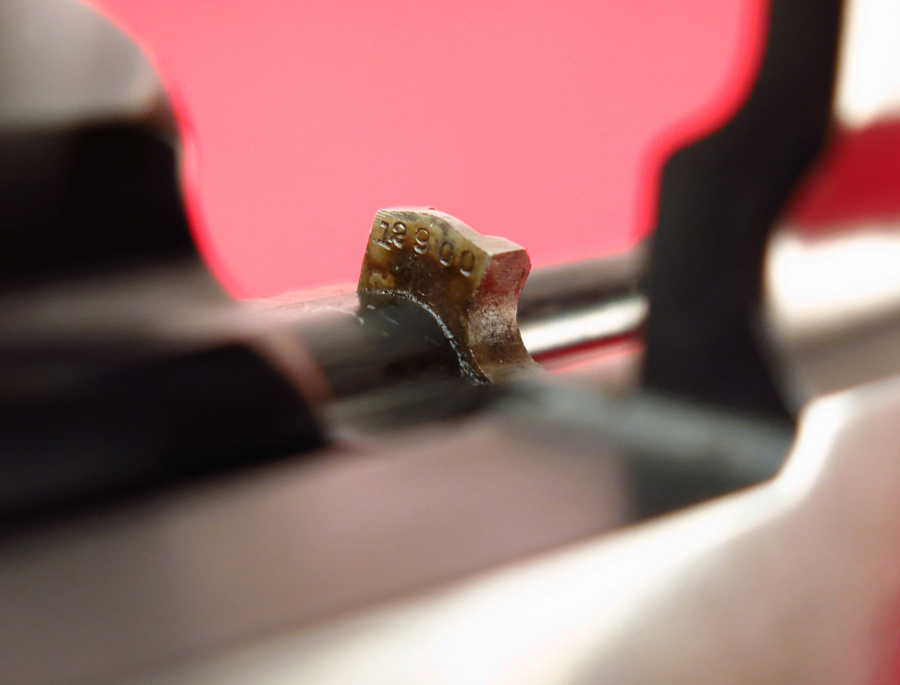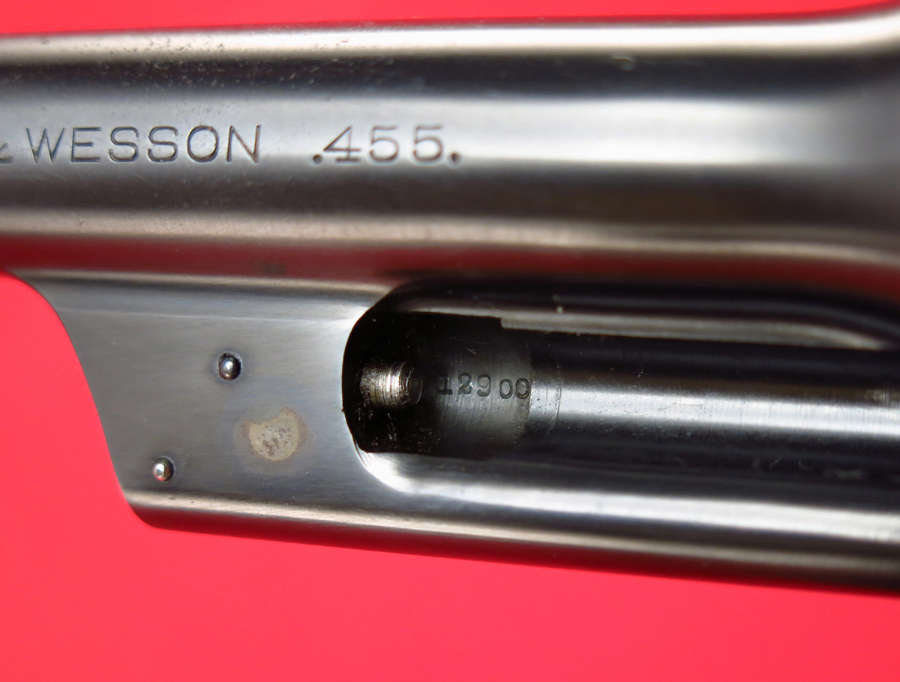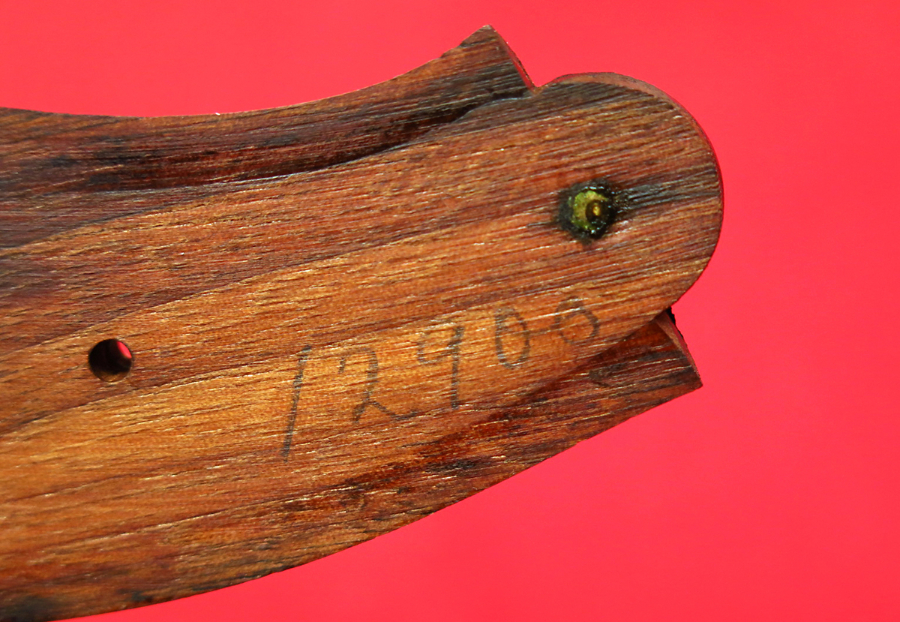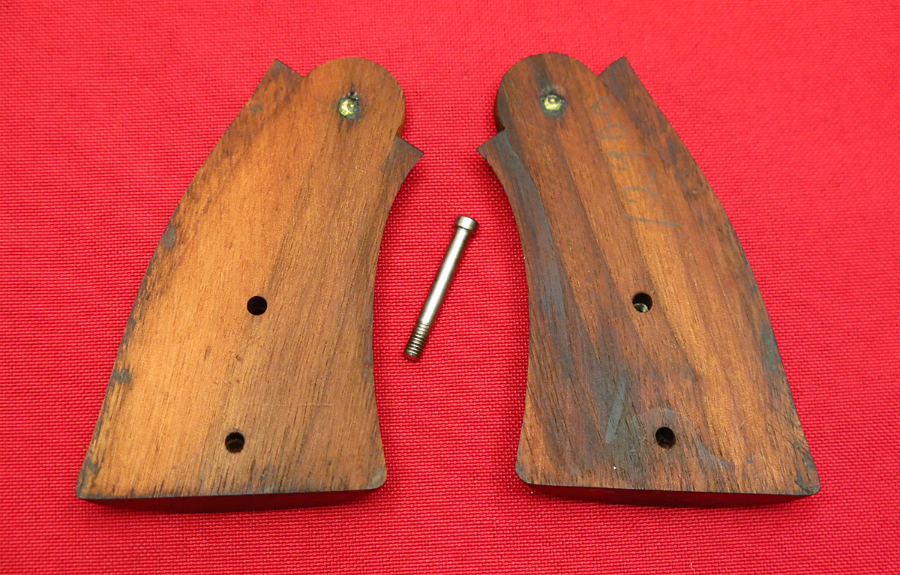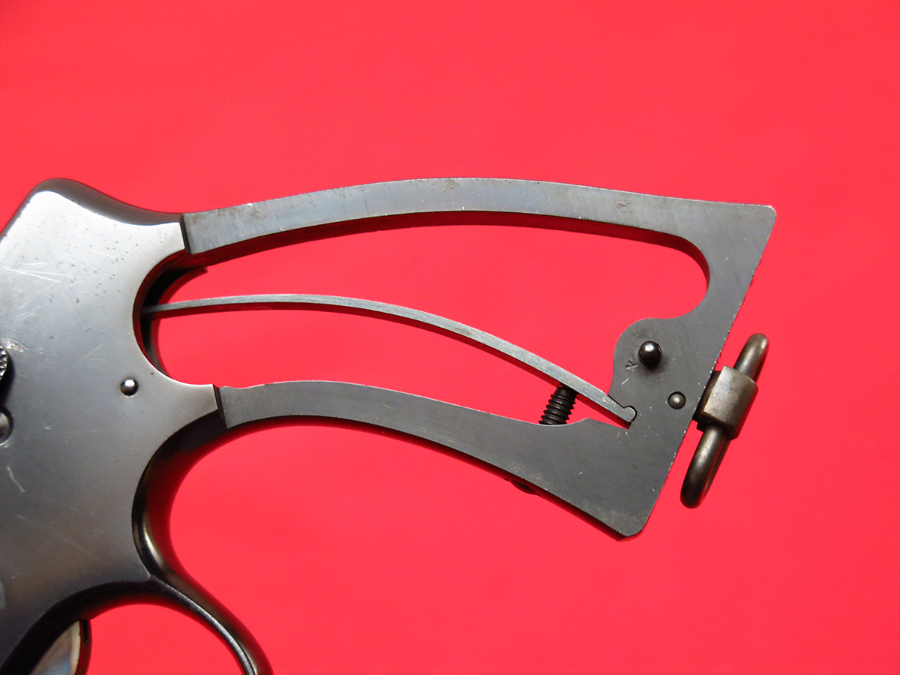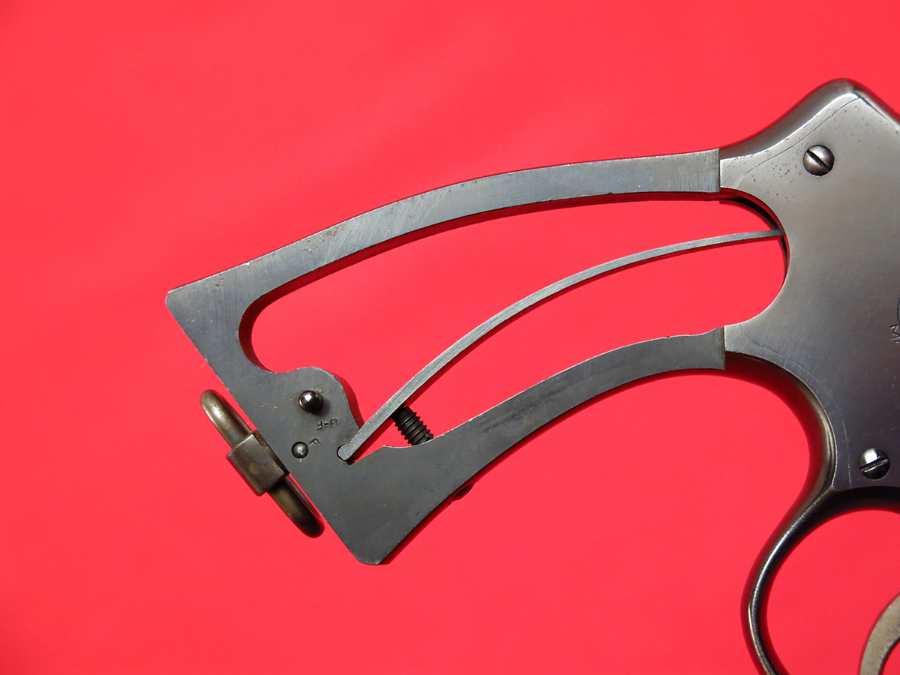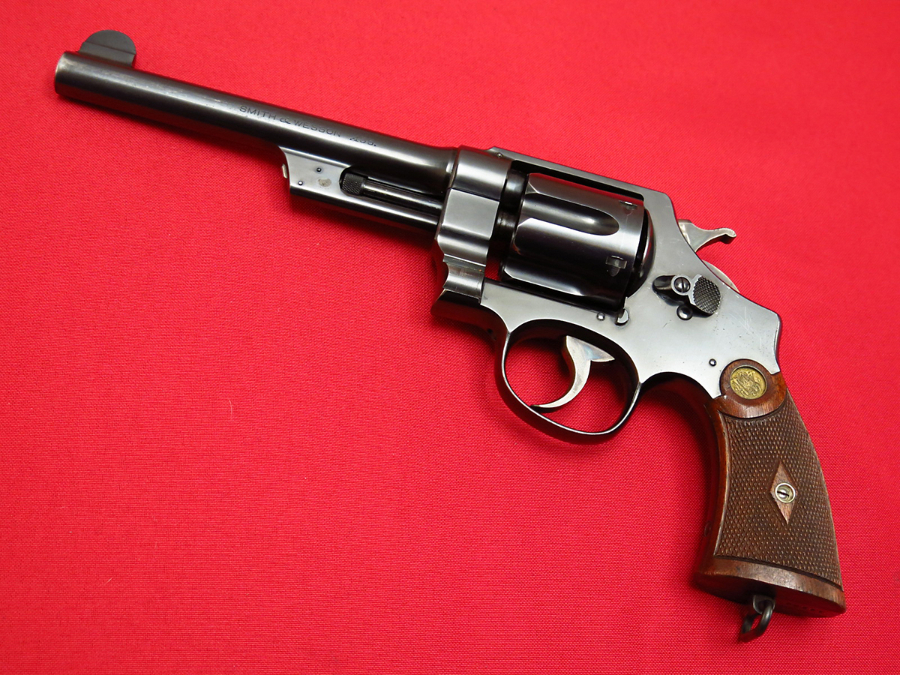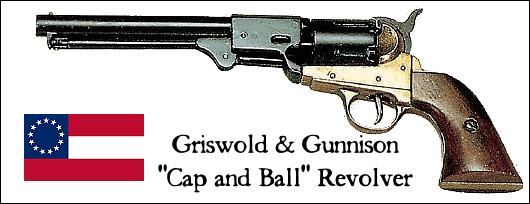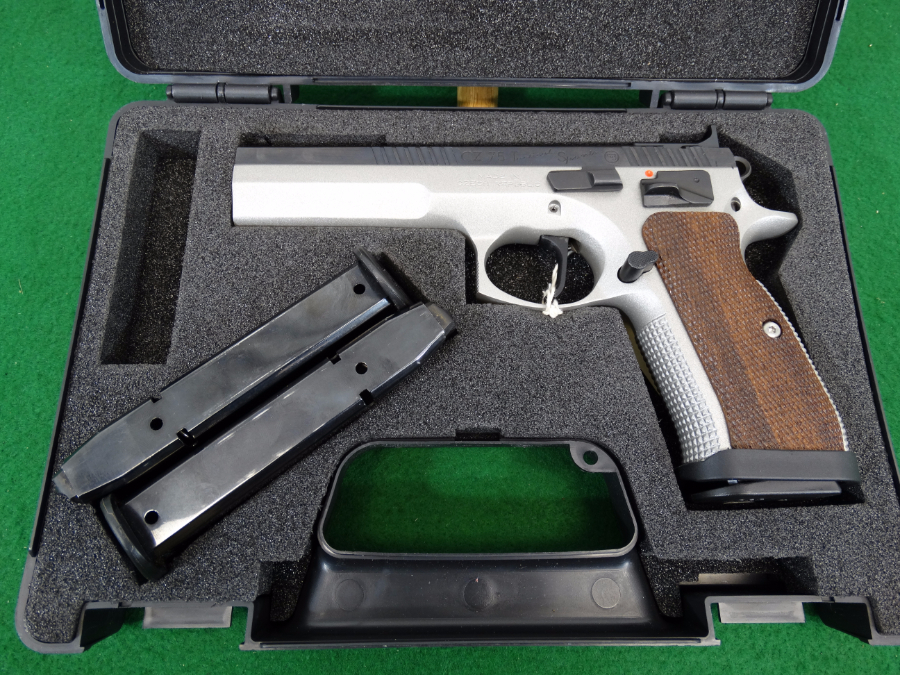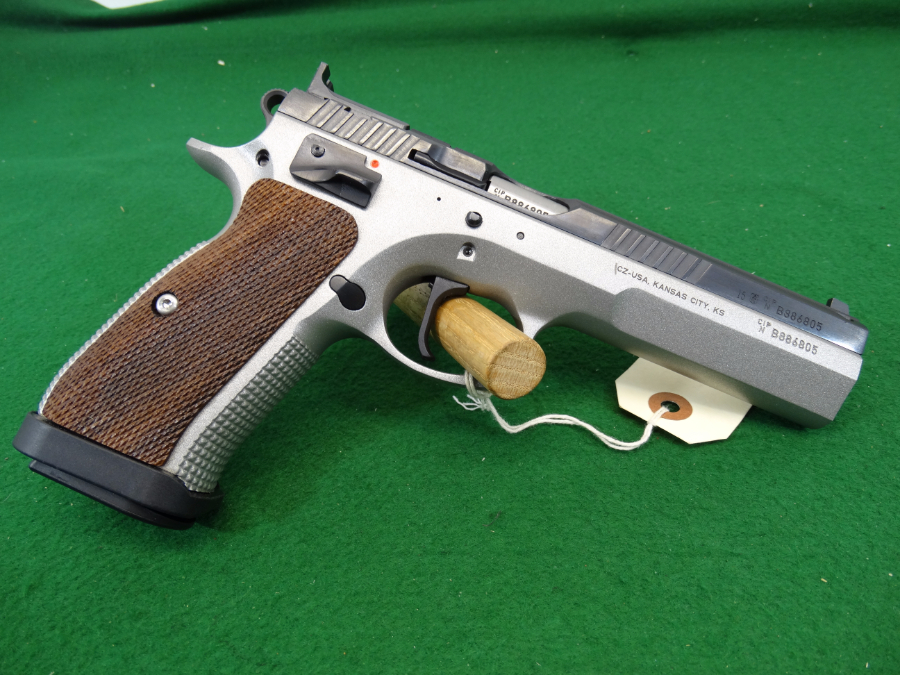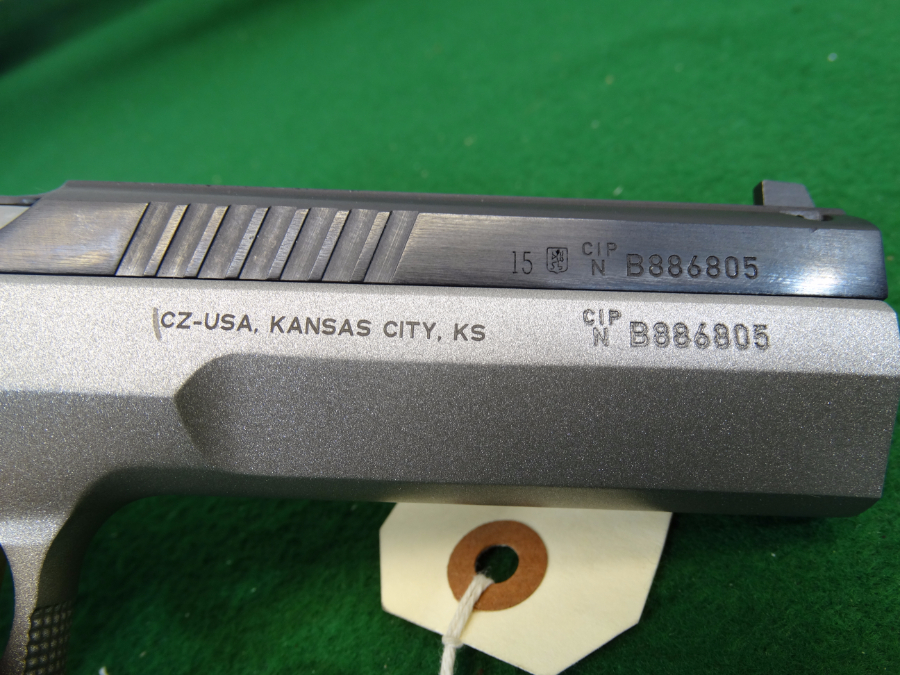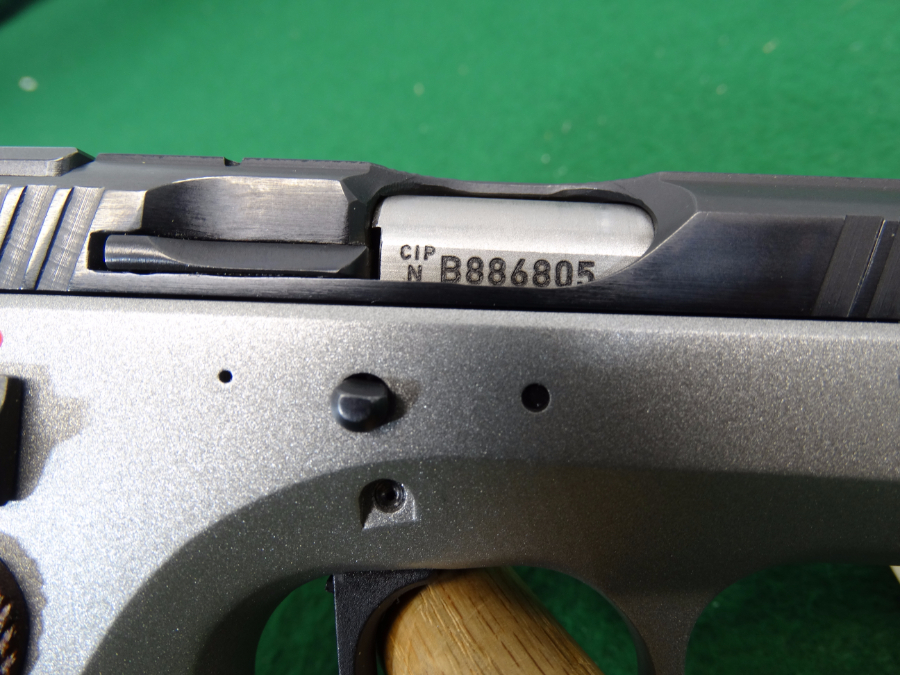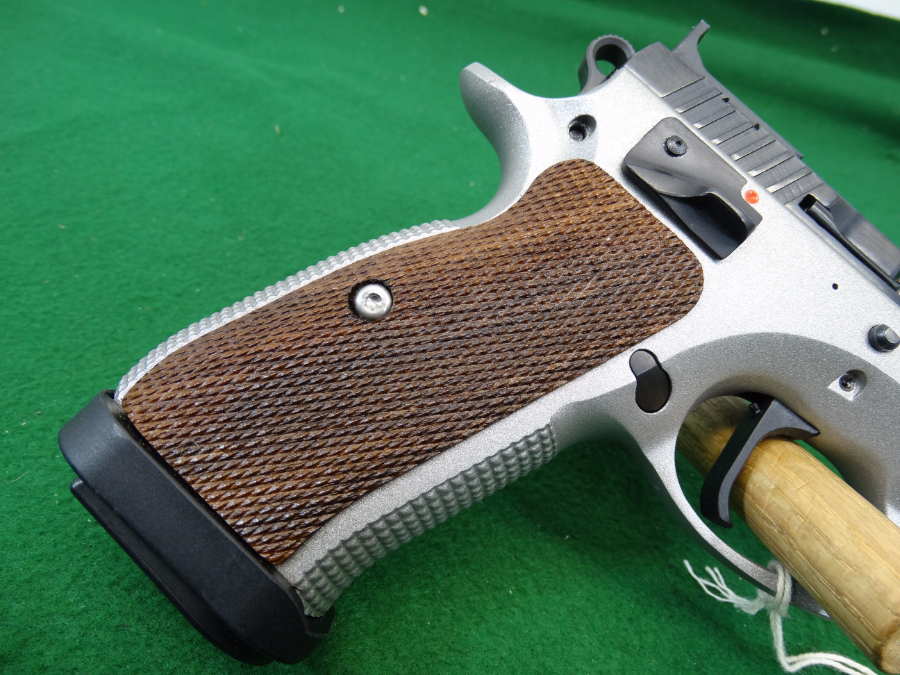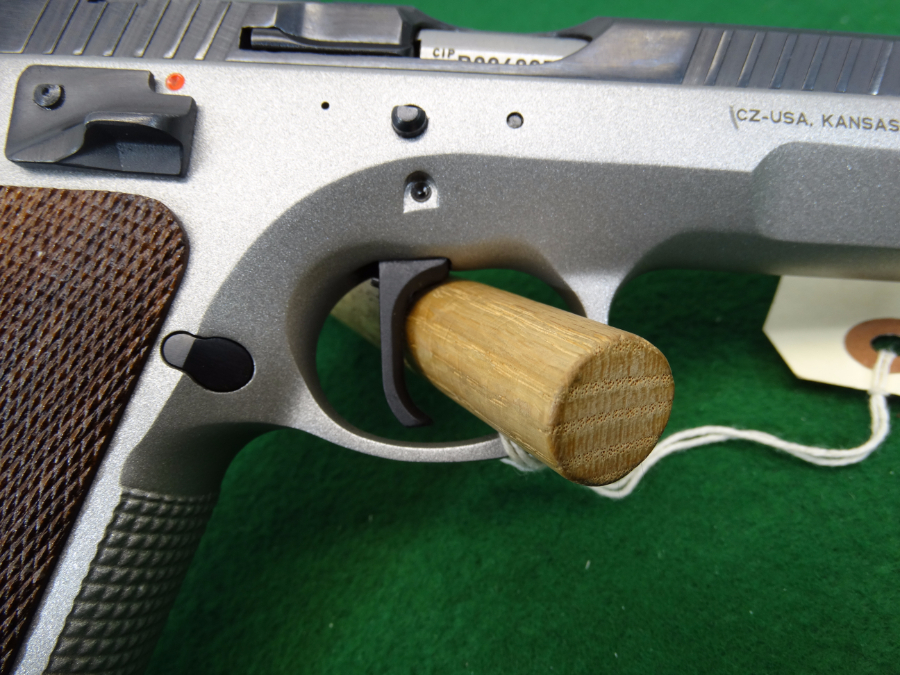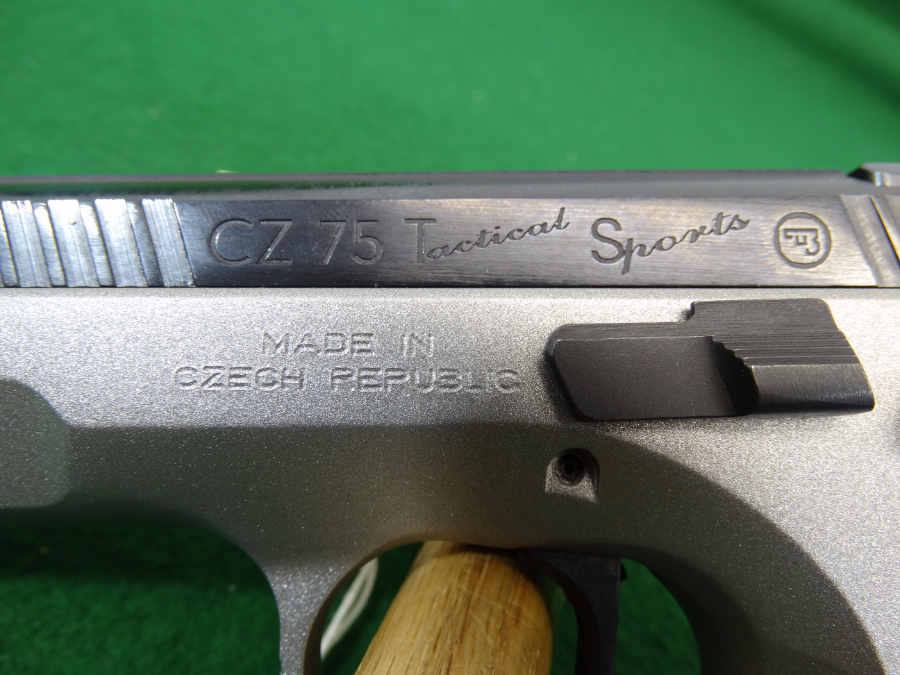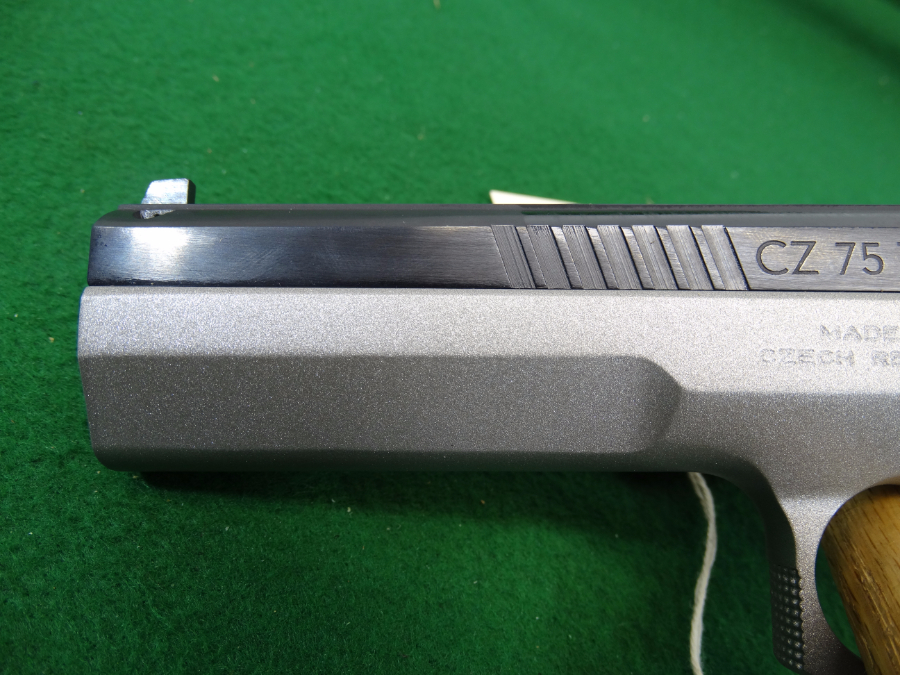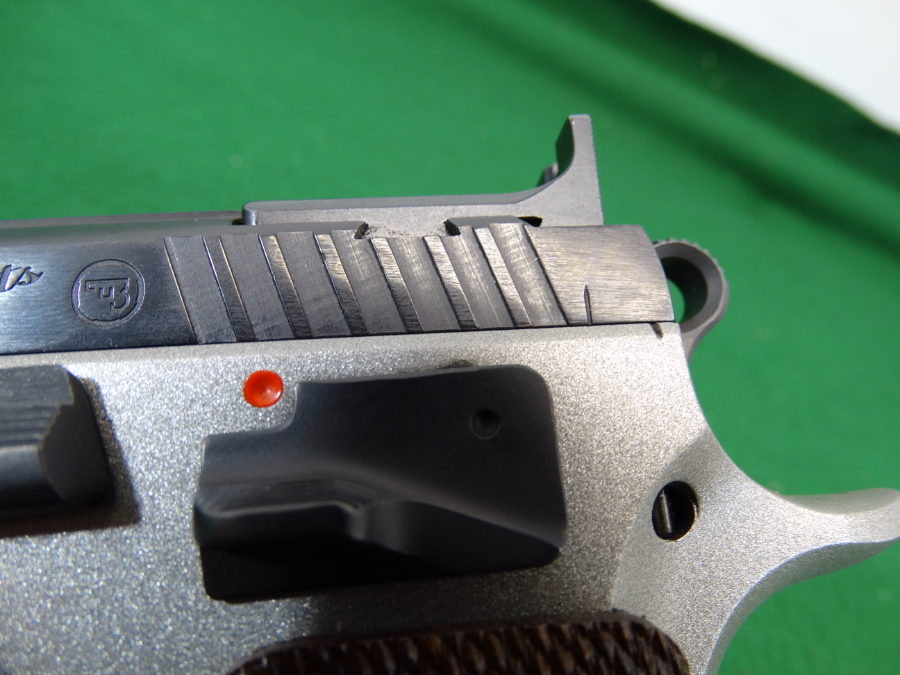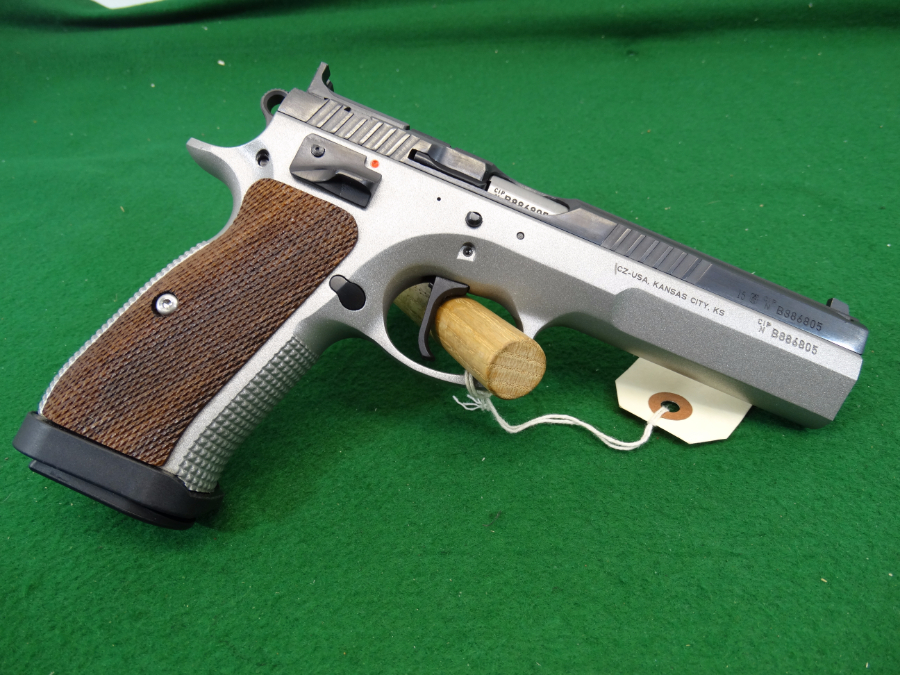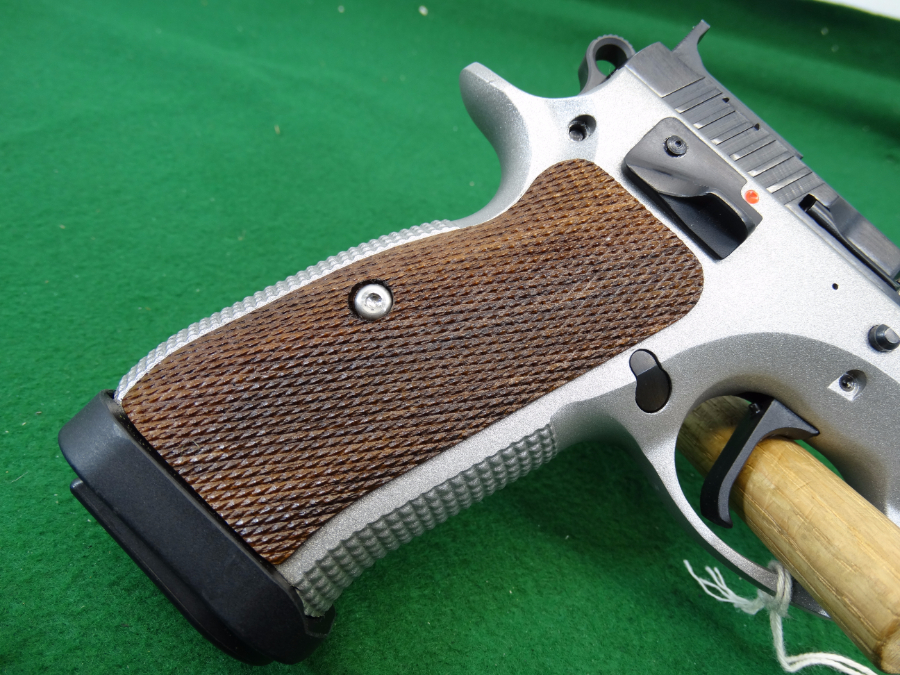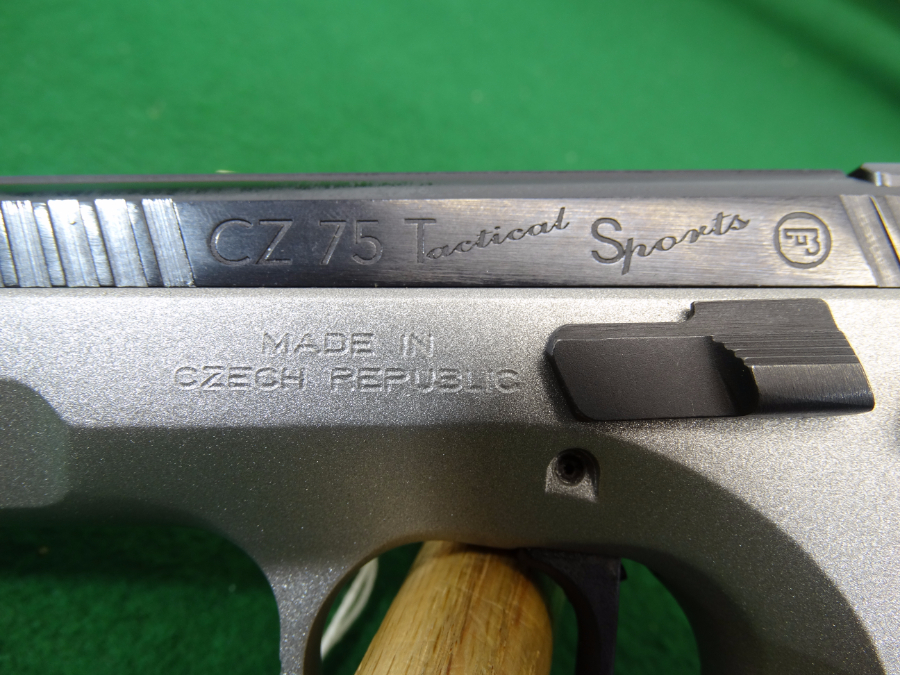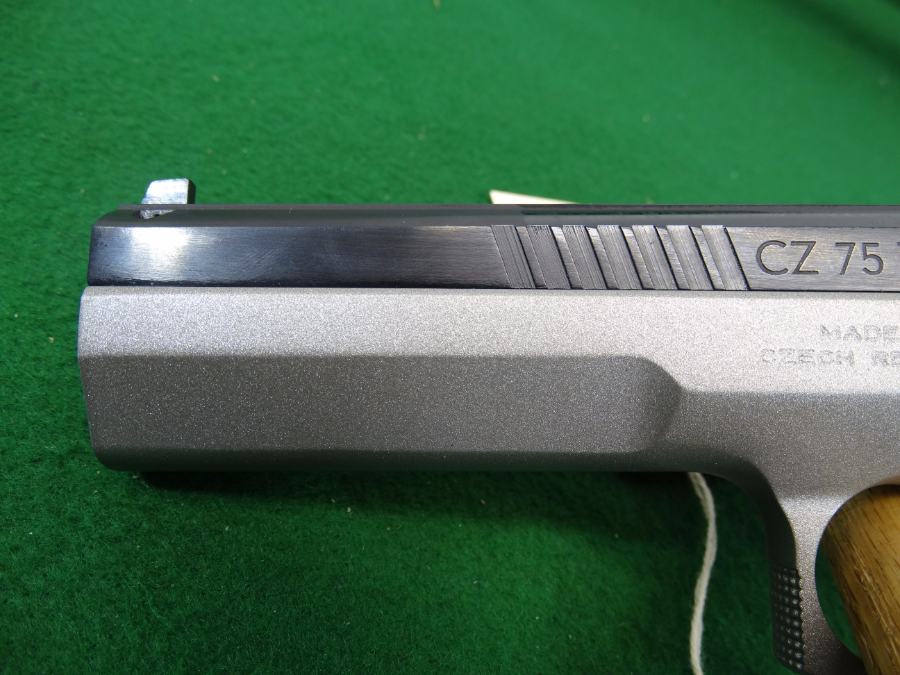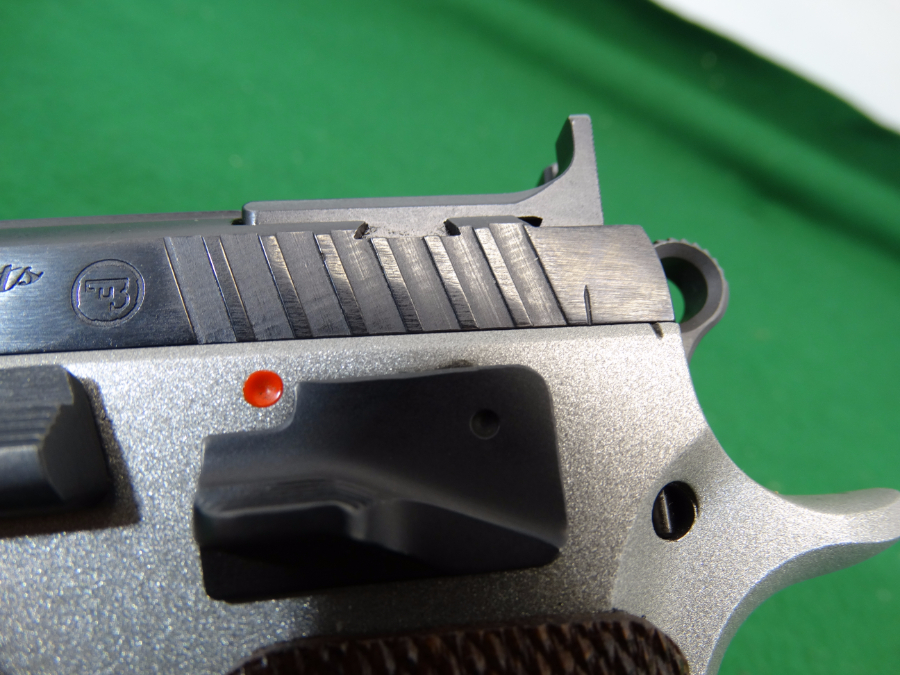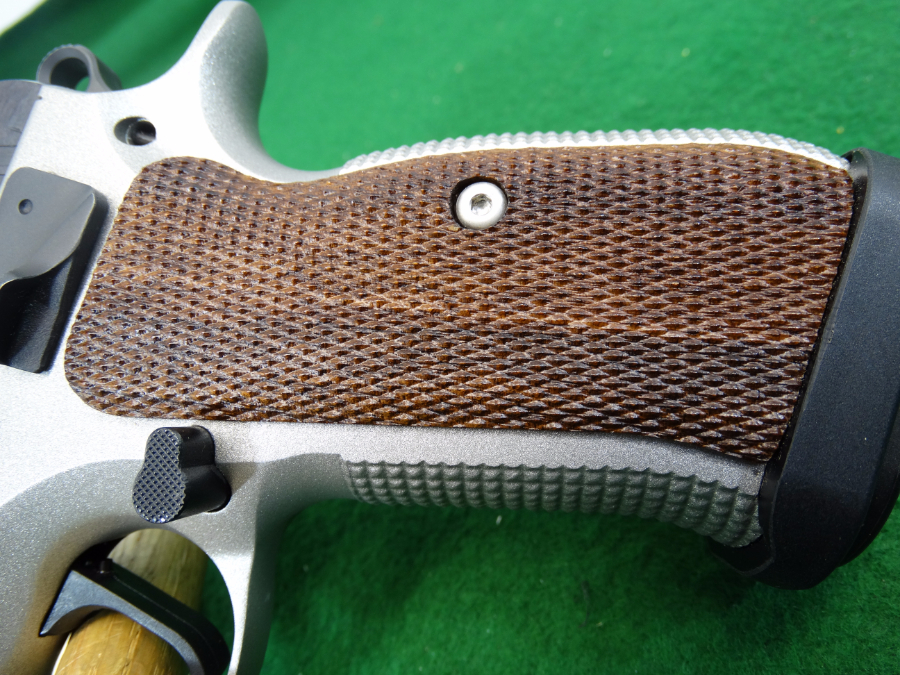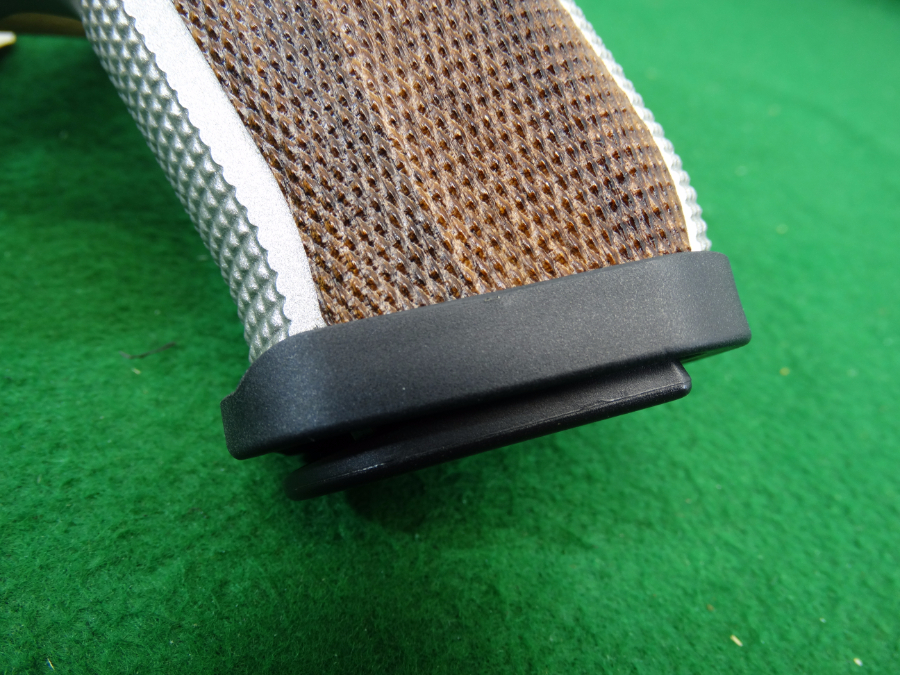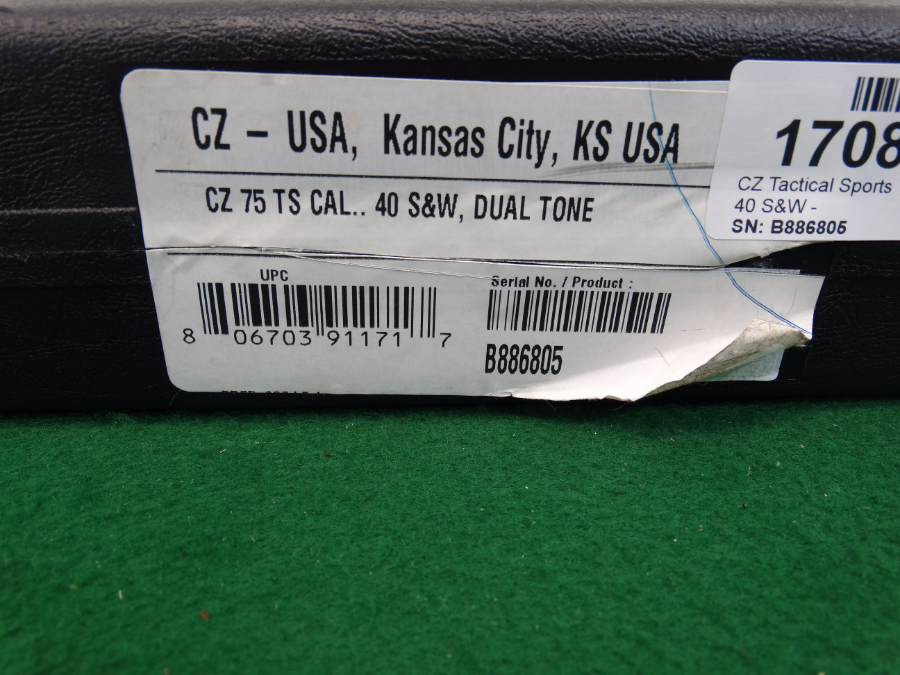I read somewhere recently that about a quarter of the world’s prisoners are incarcerated in America.
Non-Americans are going to draw all sorts of conclusions about this, and most of them will be wrong. Here are the facts.
All the stupid surveys apart, the United States is one of the most free countries in the world — which by the way is why so many inhabitants of shithole countries (to quote some famous guy) want to come and live here.
We take our freedoms seriously, and one of the freedoms we cherish is the freedom to fuck up. Fucking up can be the result of larceny, or failed experimentation, or any such human endeavor which falls outside the usual norms and conventions. This is why we are a leader of innovation in the world — pick an industry, and we’re in there kicking ass — and it’s also why we throw more people in jail: because we are a nation of laws. (Too
many laws for my liking, but that’s a rant for another occasion.)
Here’s the best example. Want a gun? Go ahead and get one: there’s a special on S&W revolvers at Academy Surplus. Use it in any way you want: self-defense, plinking at tin cans, target competition, whatever. You’re free to do all that, and except in Euro-style shitholes like New York and California, you don’t have to be licensed or belong to a club or any of that jive. Go ahead and enjoy your gun; it’s your individual right, the second-most important right in our Constitution.
However: use your gun
to commit a crime, and it’s to jail you’ll be going. And we Americans don’t issue sentences of just a few years for that kind of crime either (unlike some countries I could name). No, we slam you in a cell for decades or the rest of your life (sometimes we even shorten your life if you shortened somebody else’s).
That’s why we have so many people in jail. They were all free to choose, and they chose poorly. On the whole, it’s a better system than all the others, unless of course you’re a control freak who wants to do what’s best for people because you know what’s good for them, better than they do. (These assholes we call “Democrats”, and this is why they’re trying to turn the U.S. into Europe. But that too is a rant for another time.)
By the way: the reason that China, with its enormous population, doesn’t have as many people in jail as we do is that their people aren’t free. Another reason is that the Chinese summarily execute more people than we do, thus helping their incarceration numbers. Ditto North Korea, a shithole to beat all shitholes.






